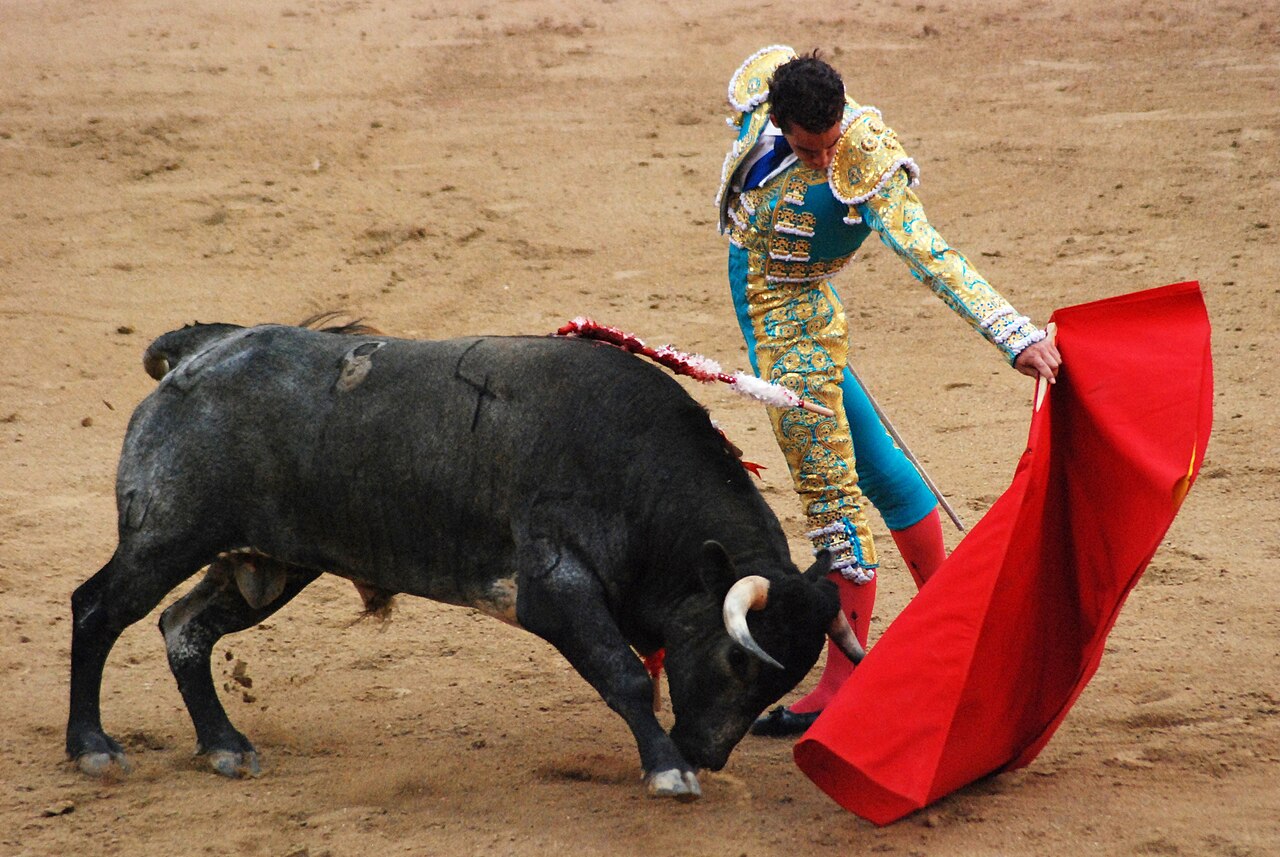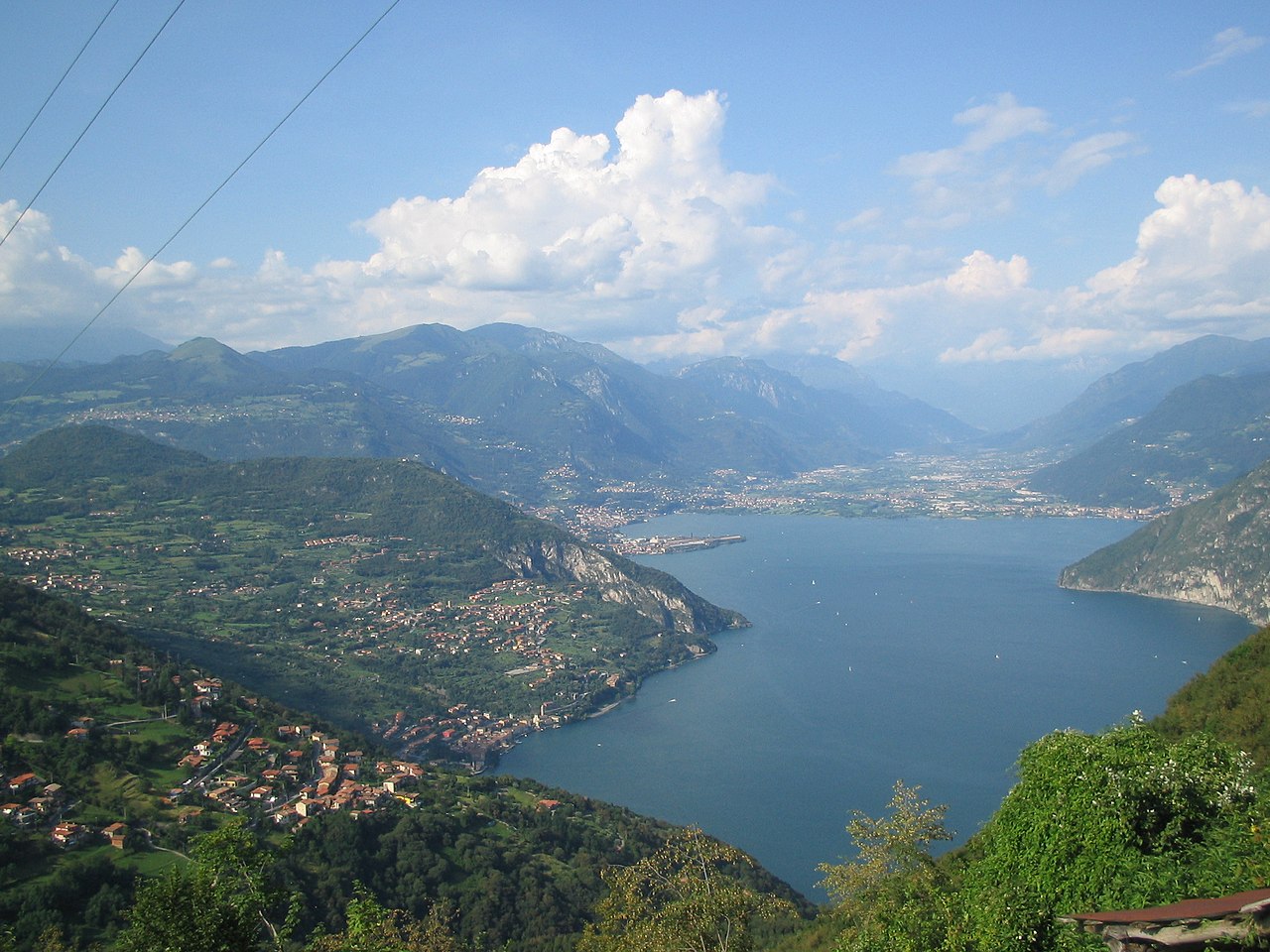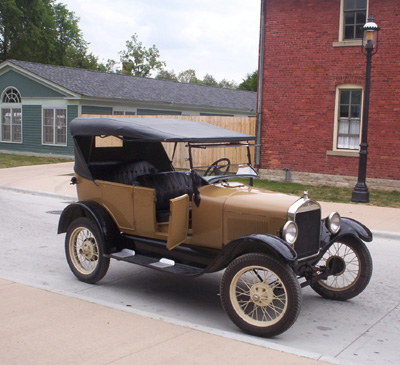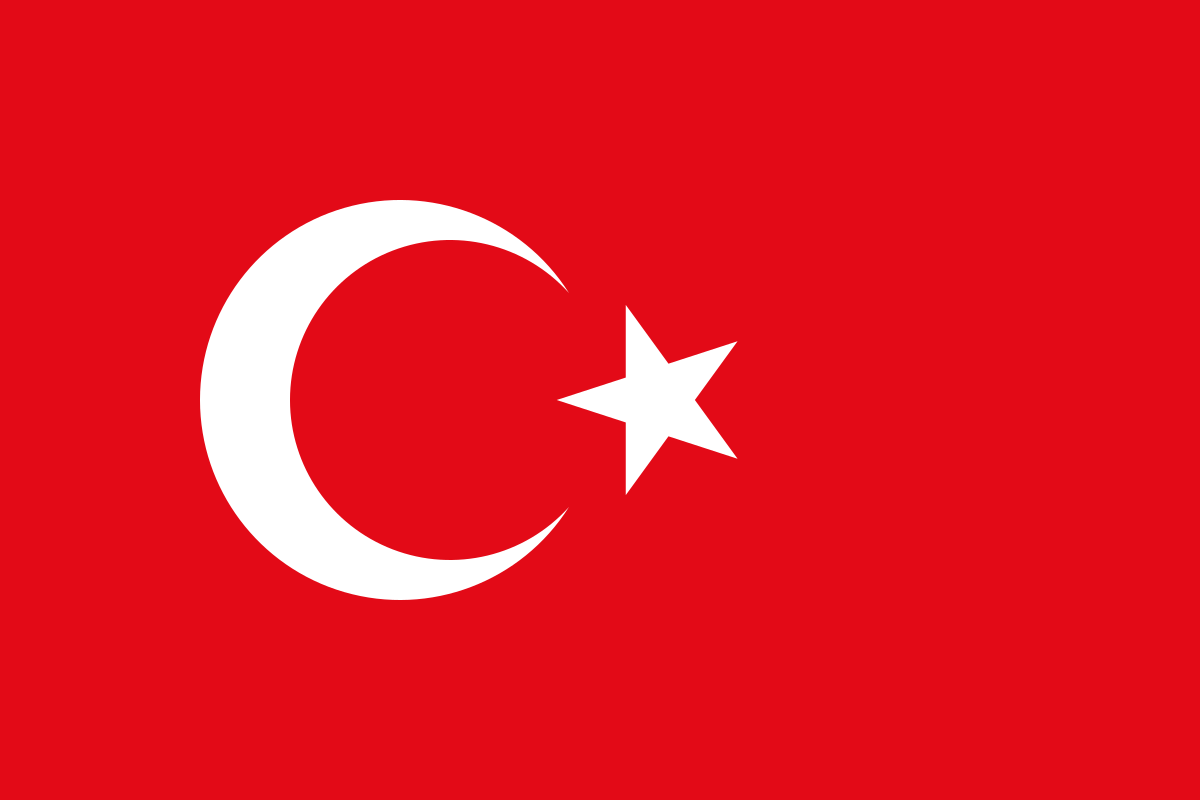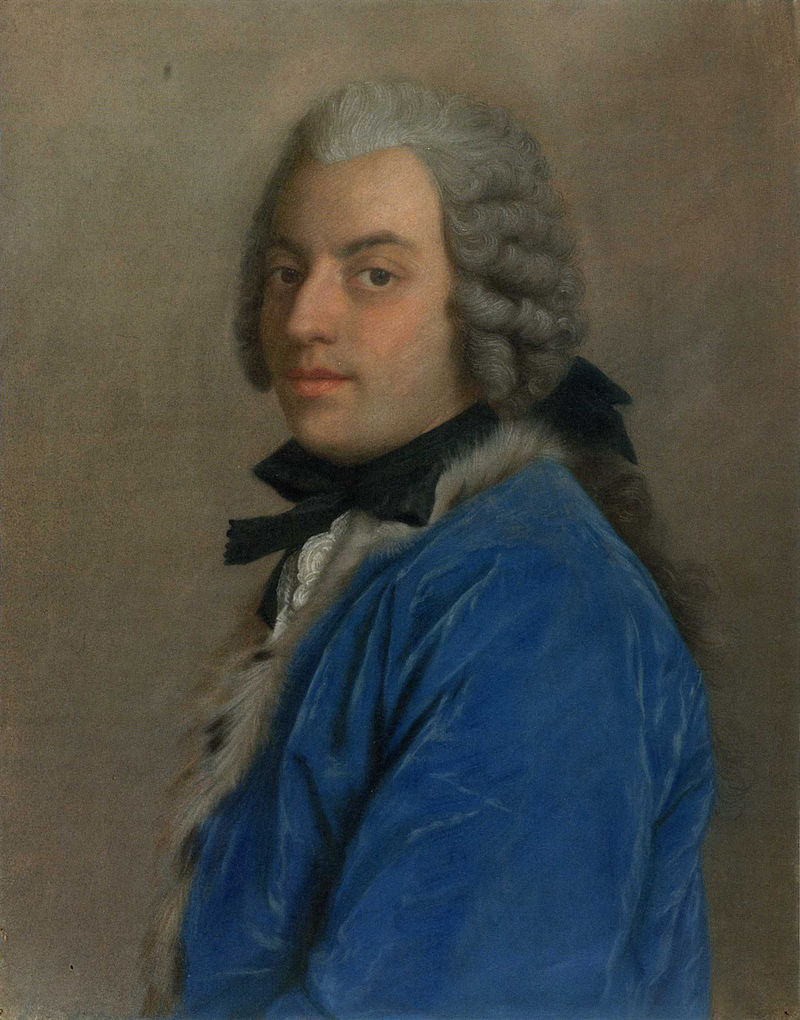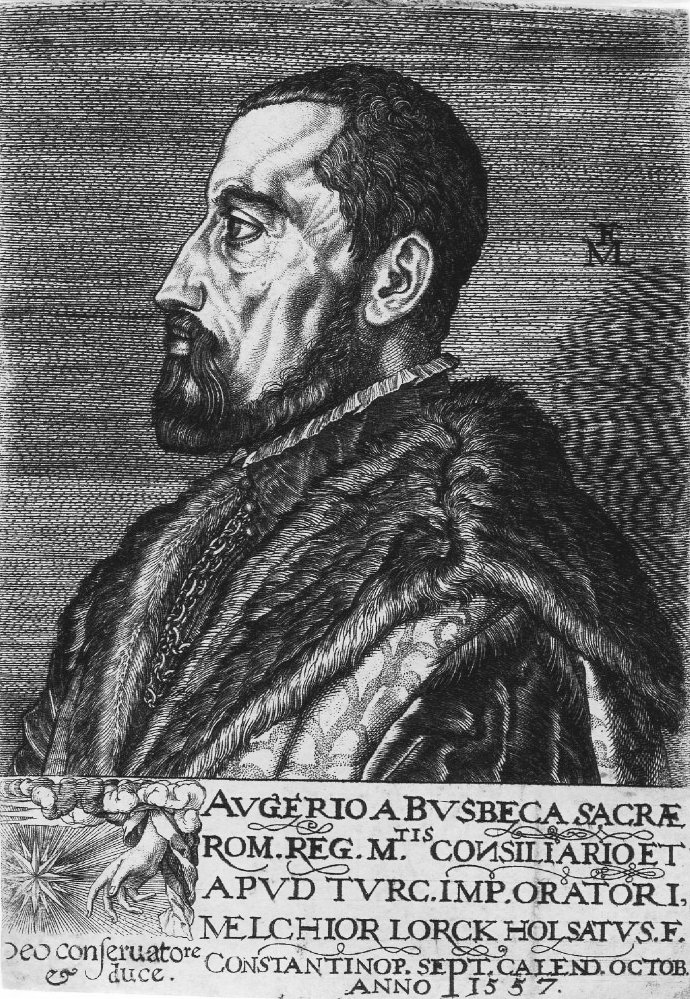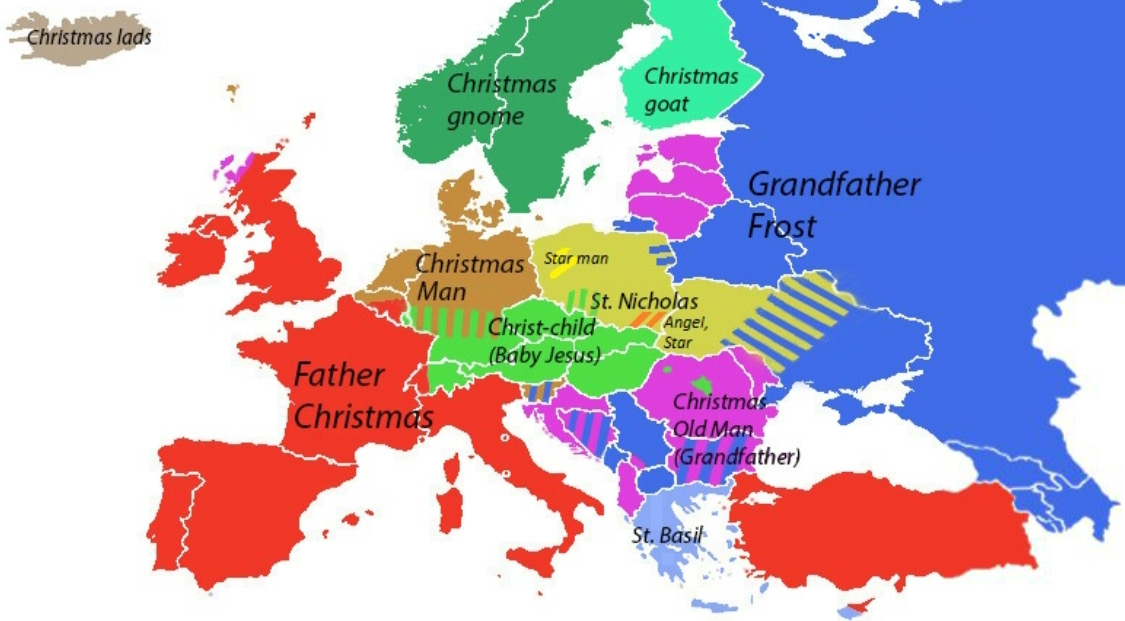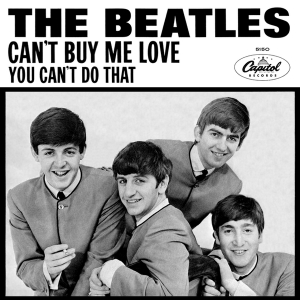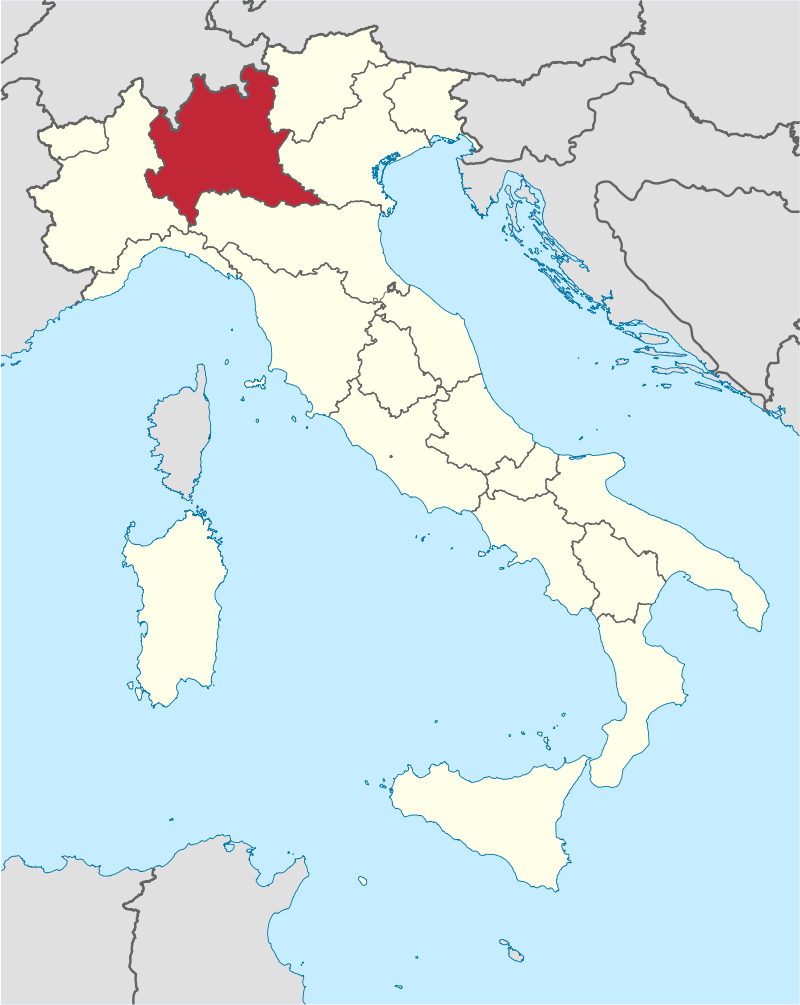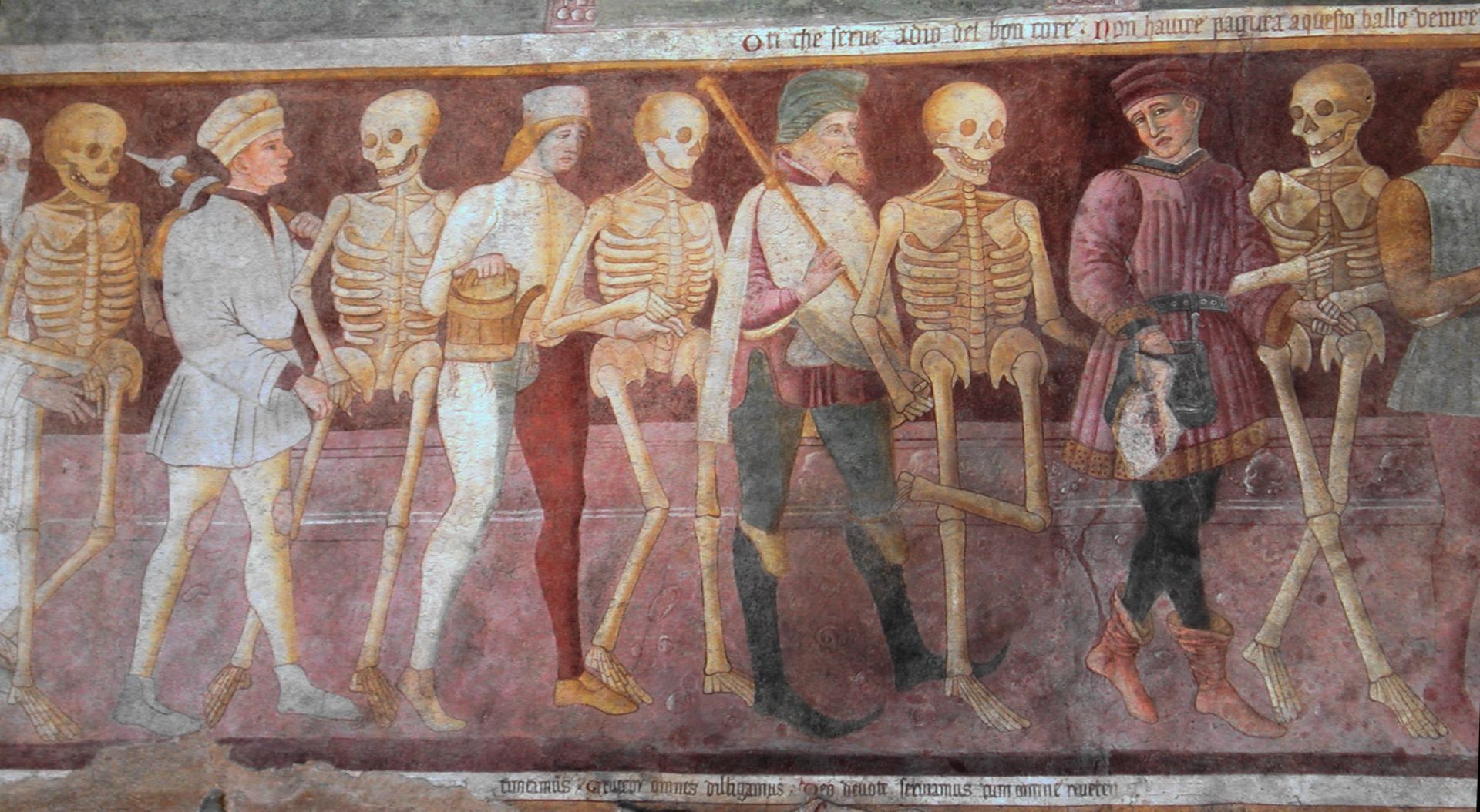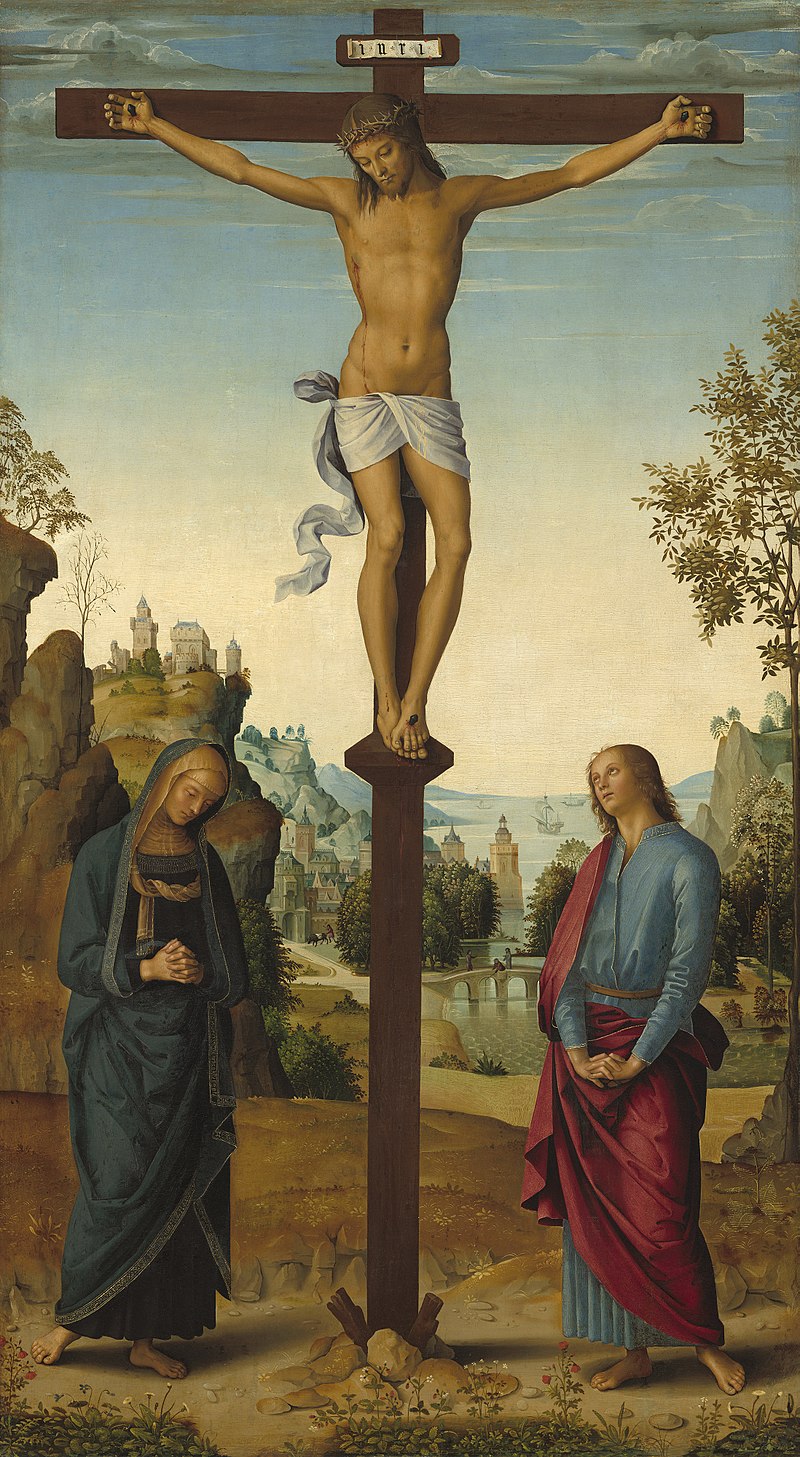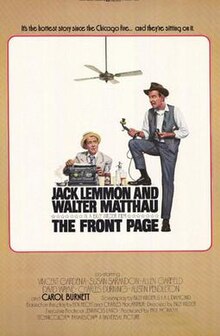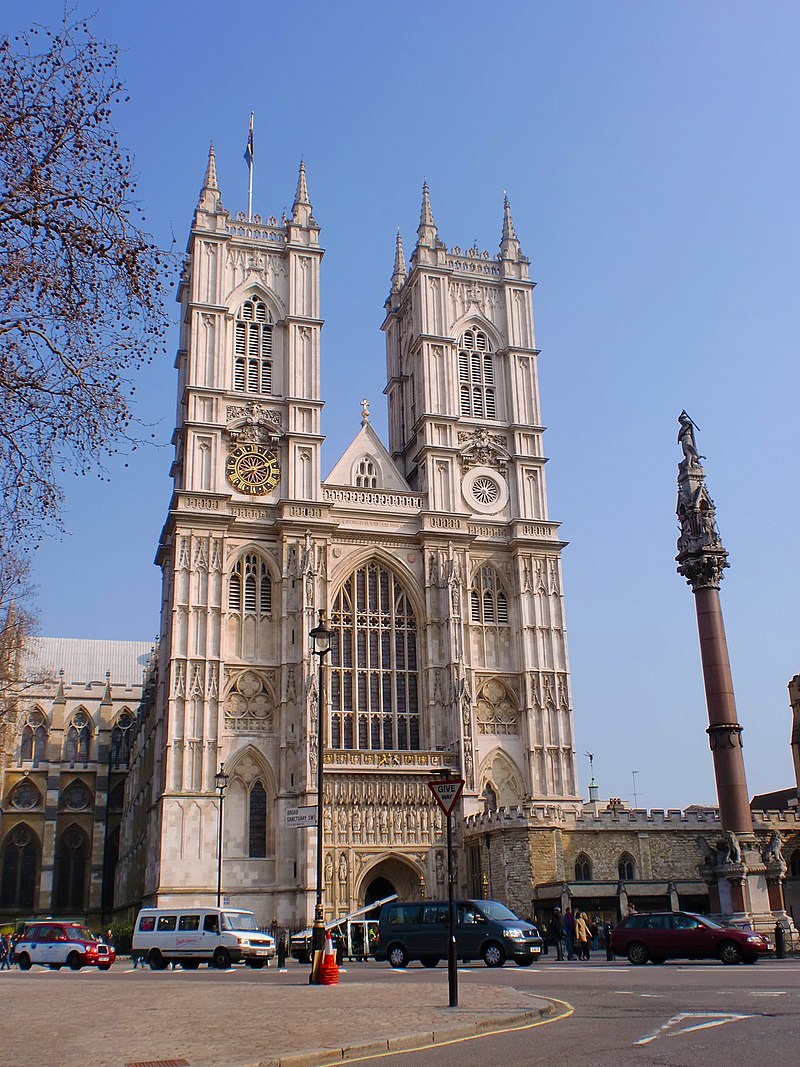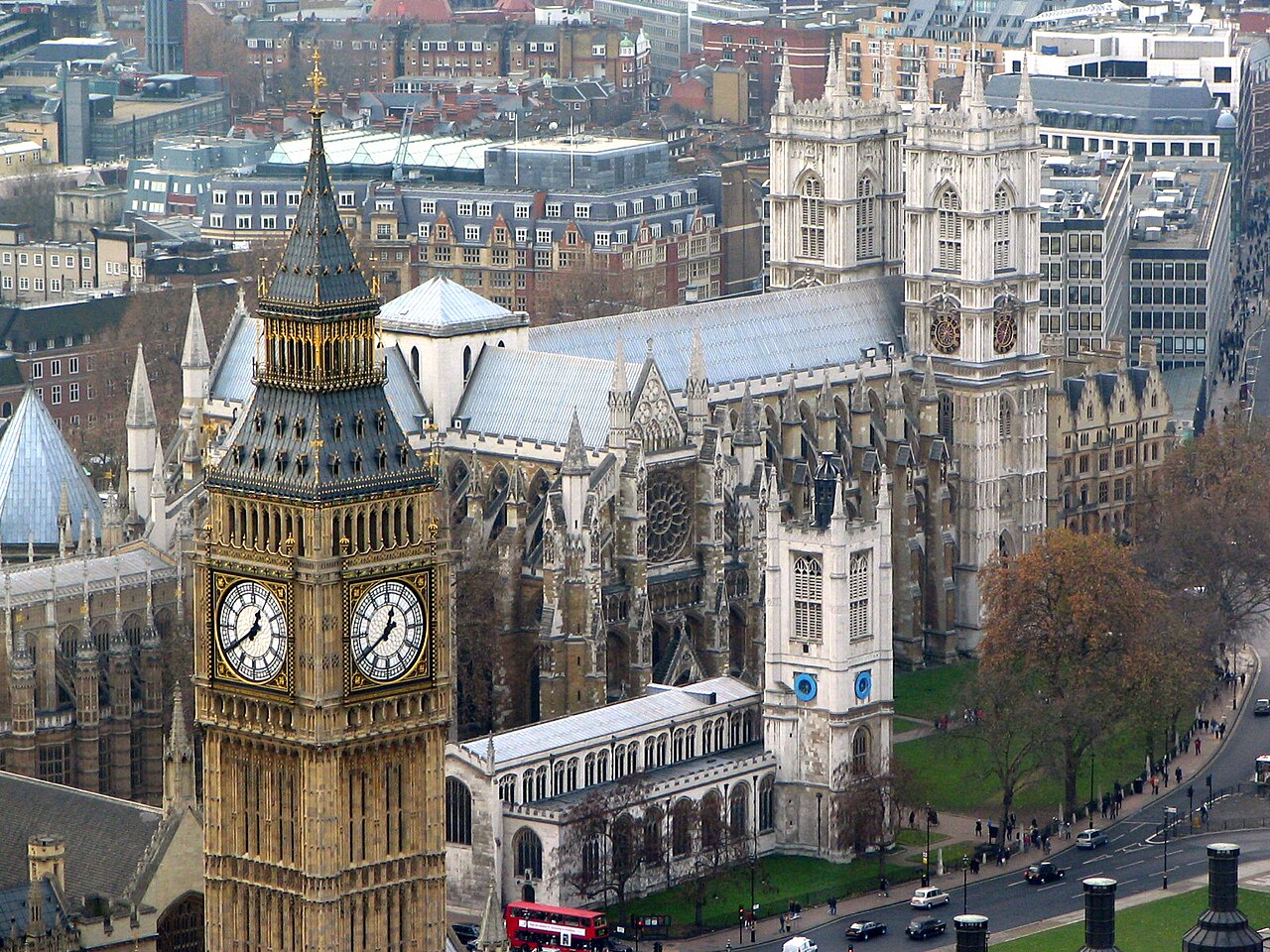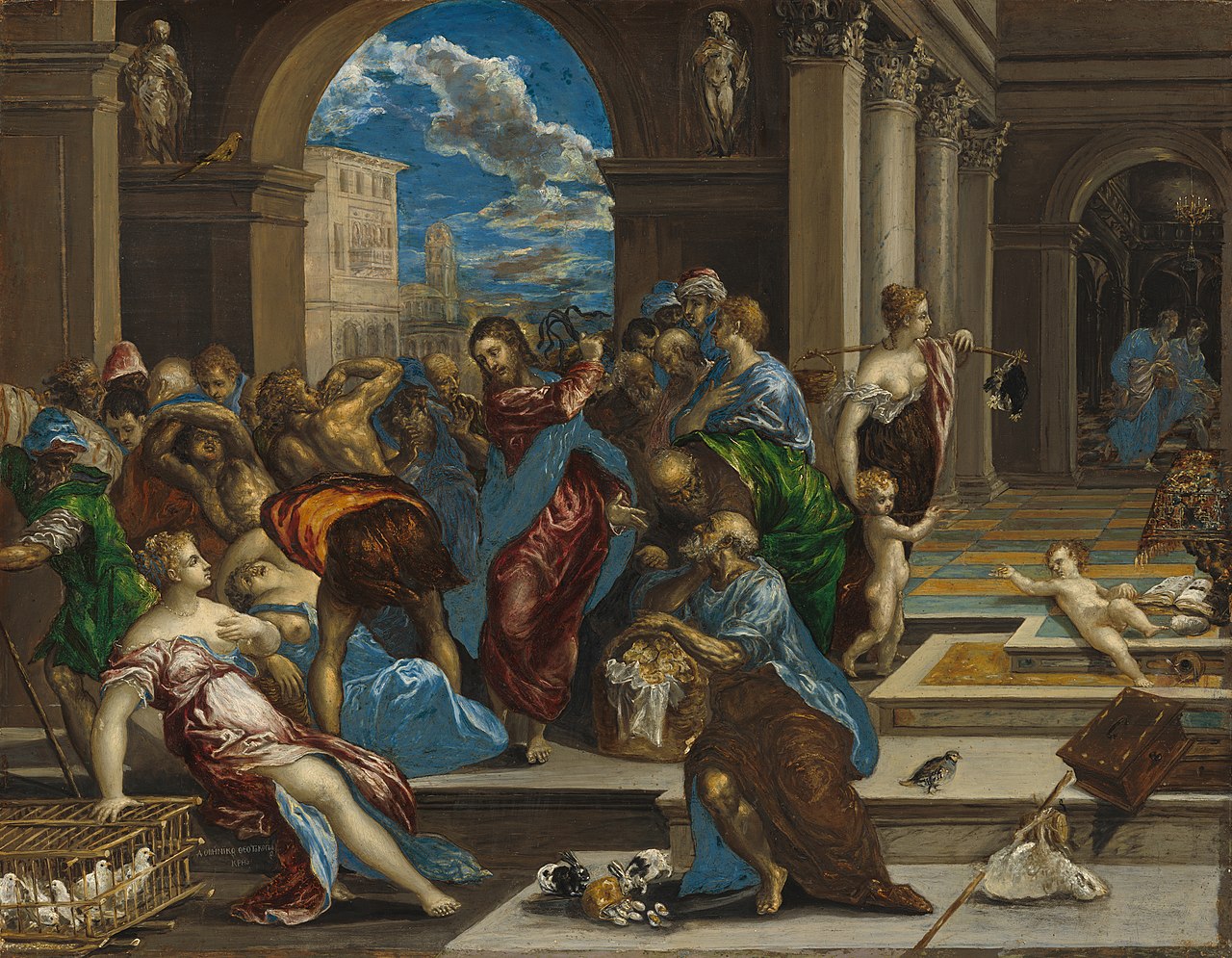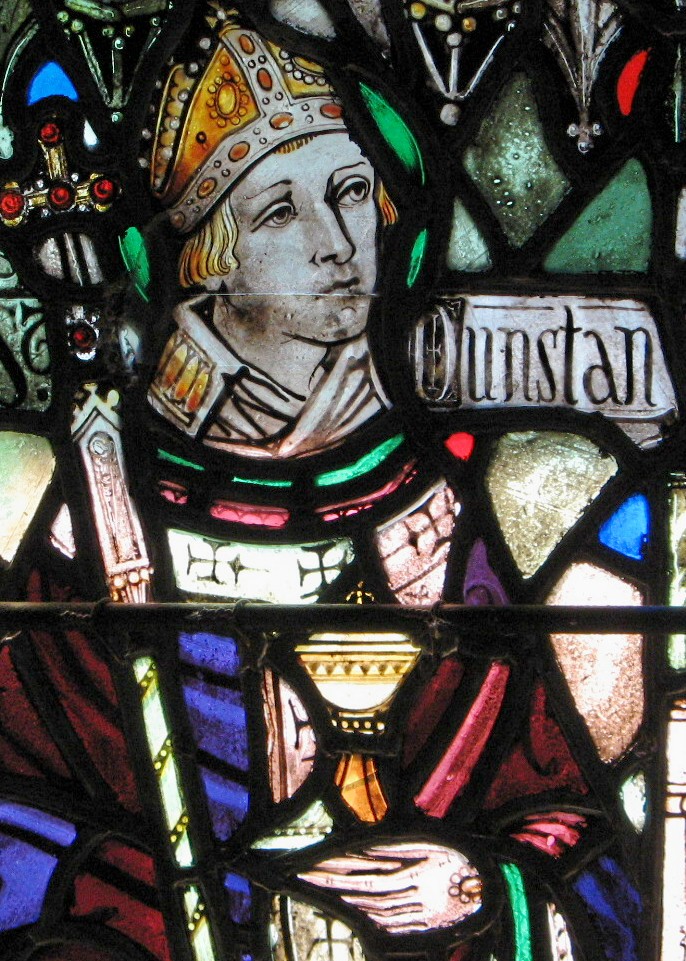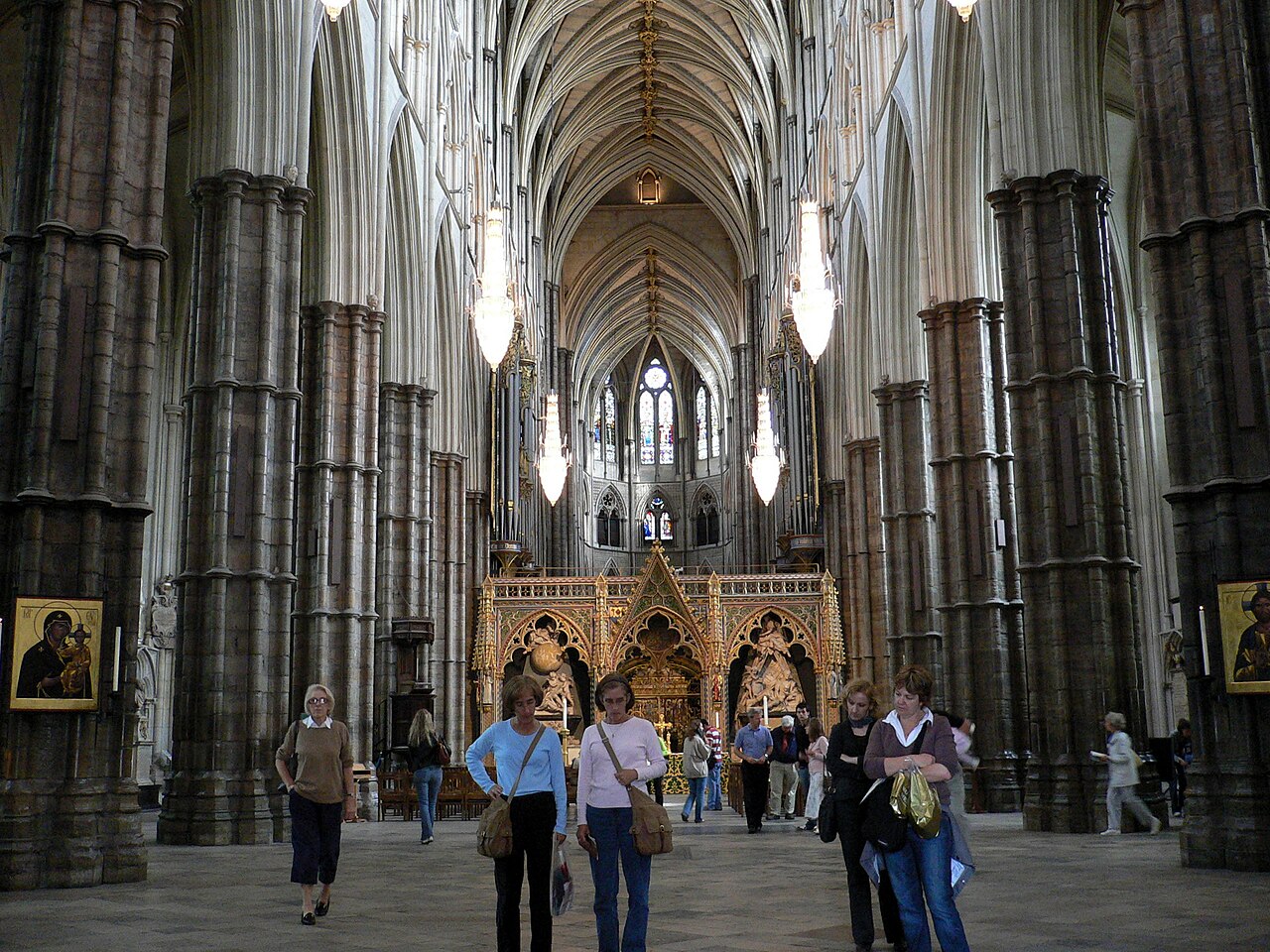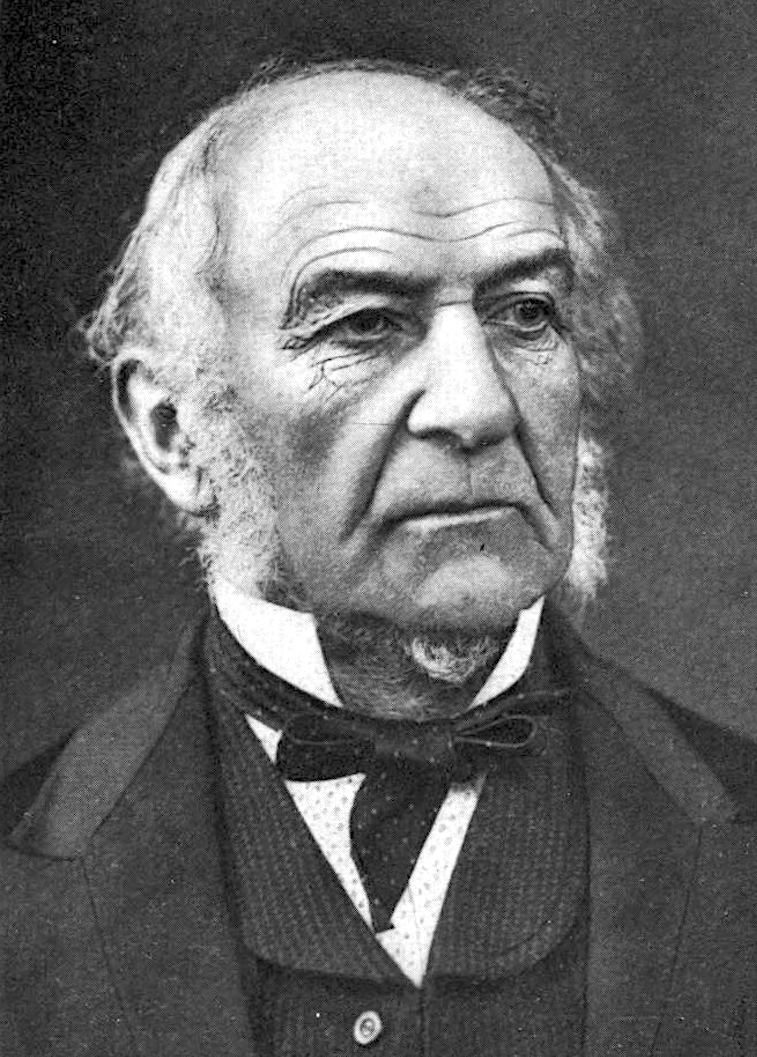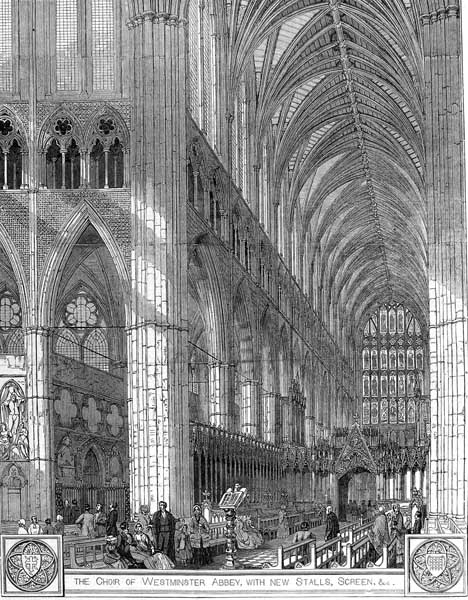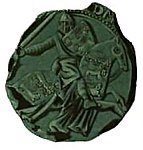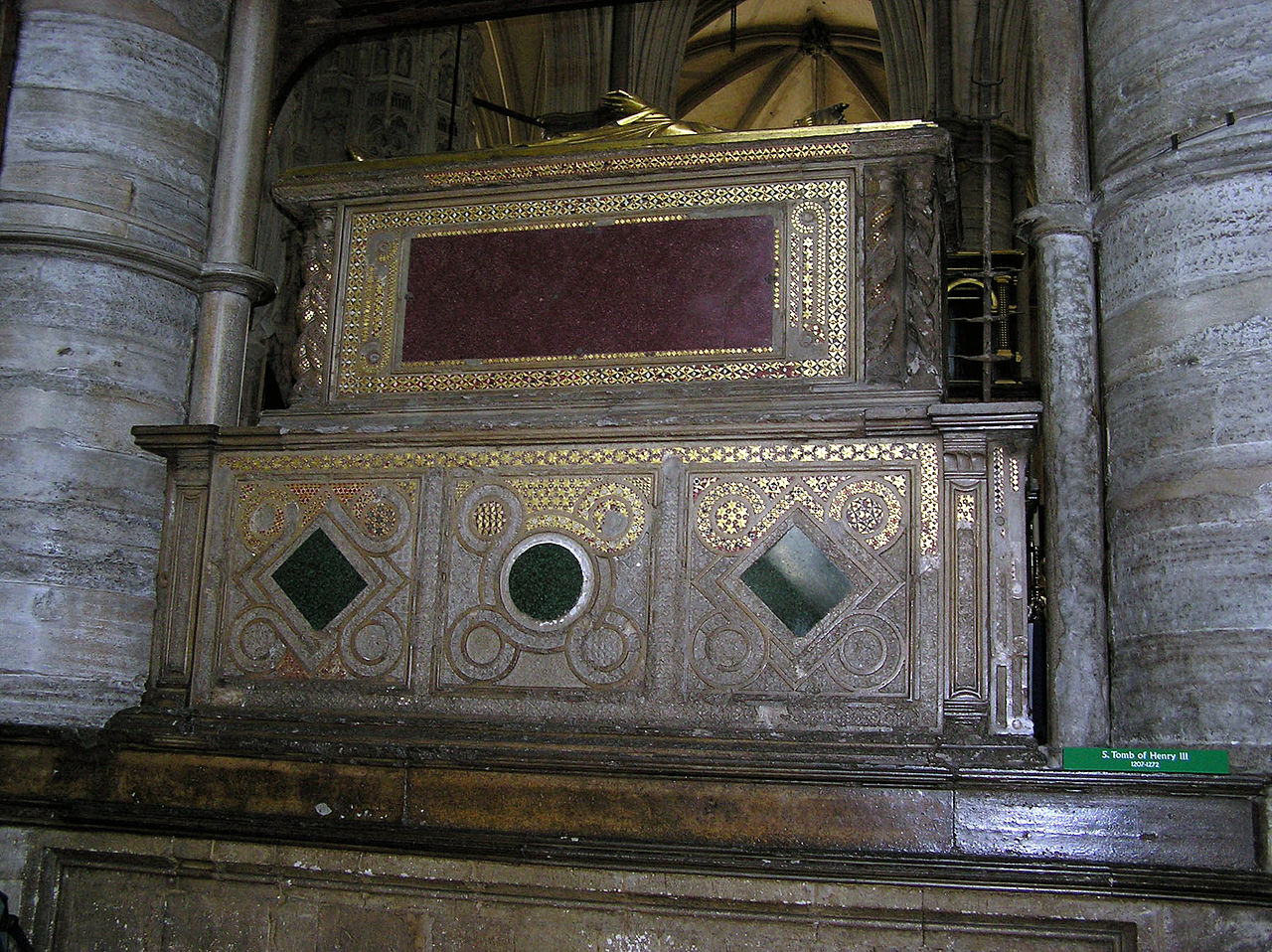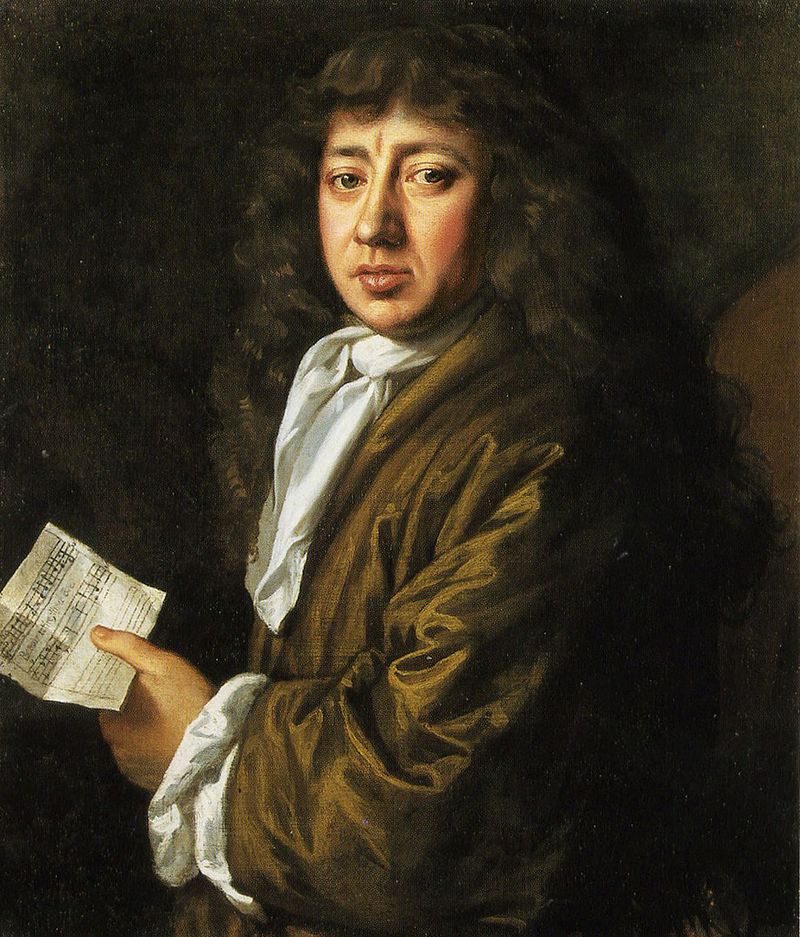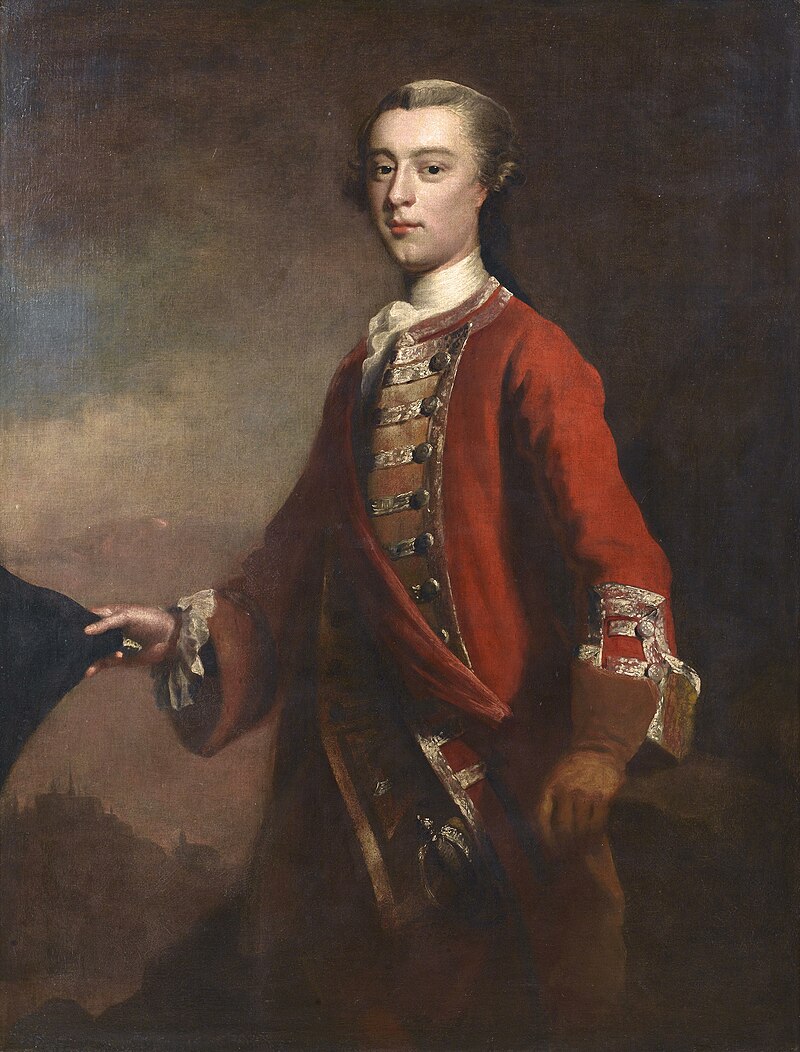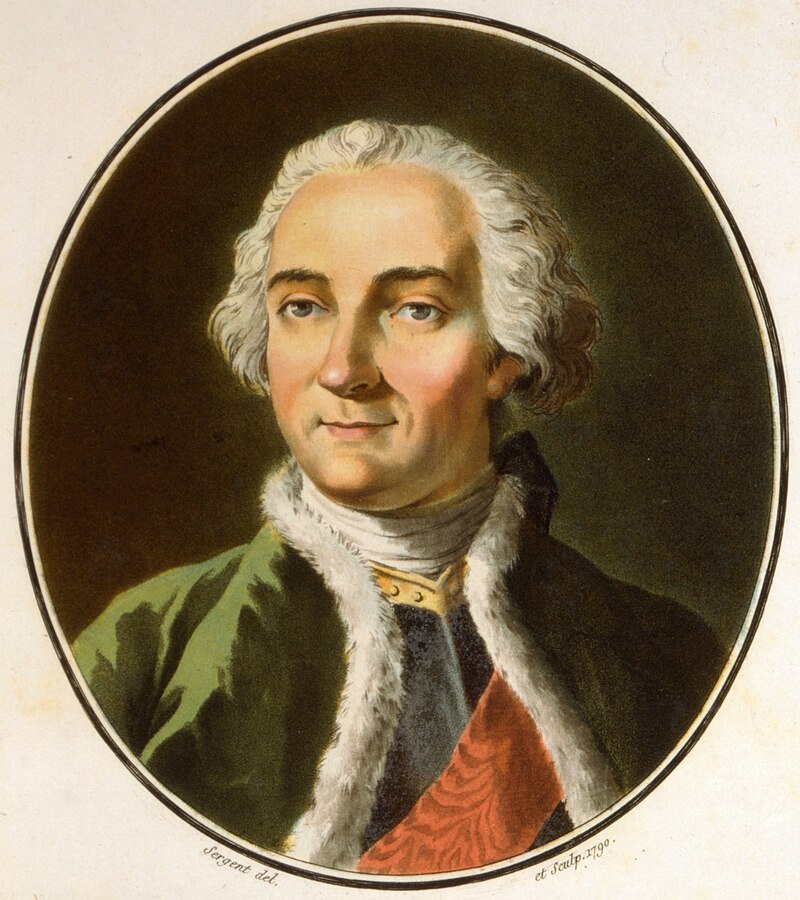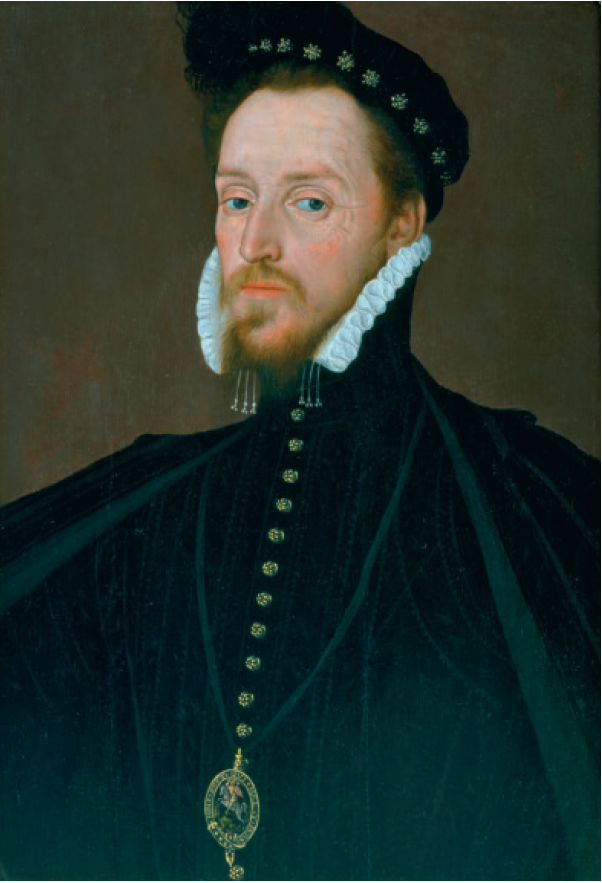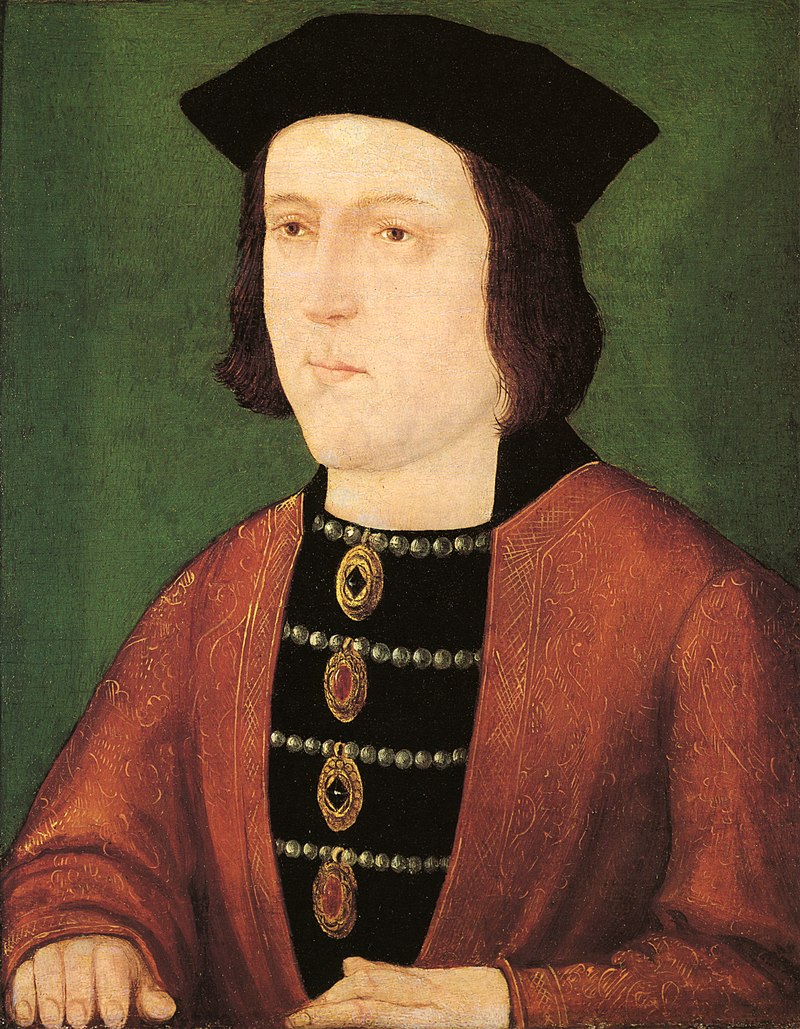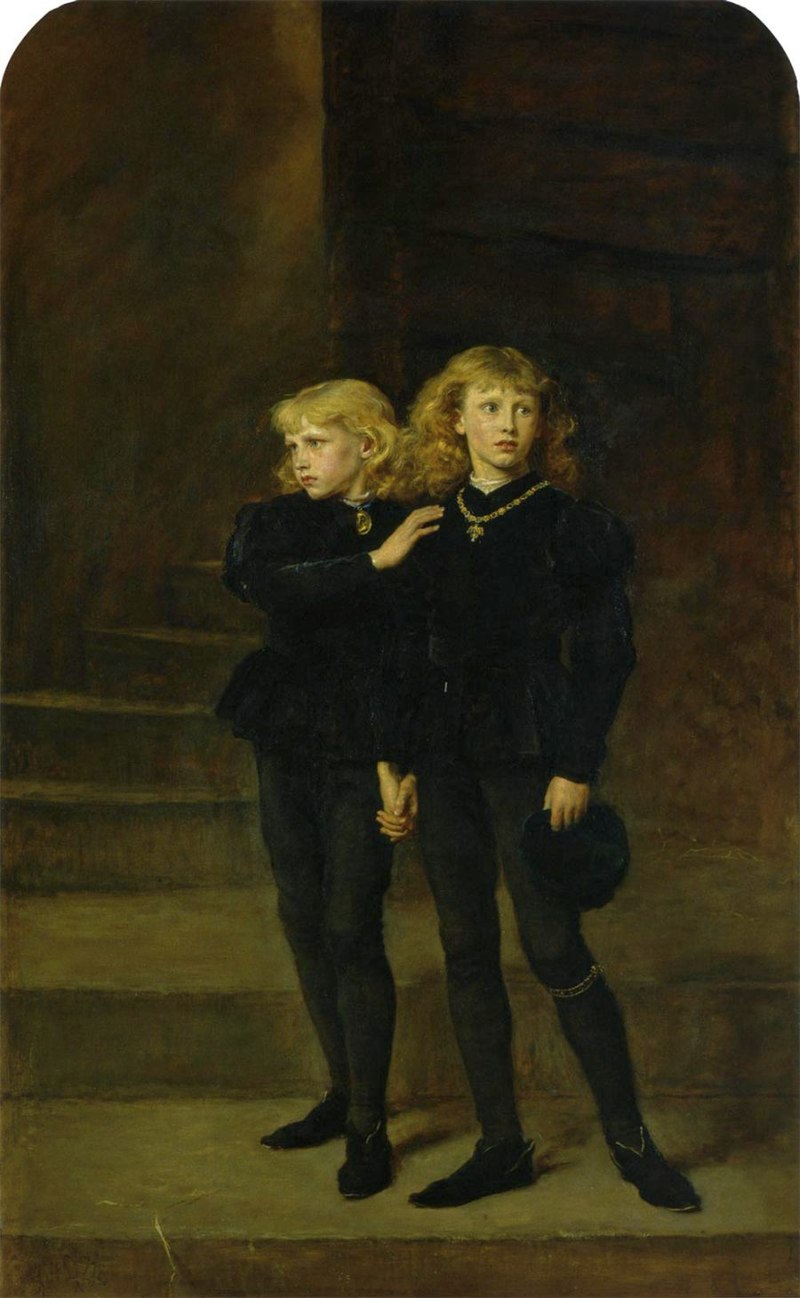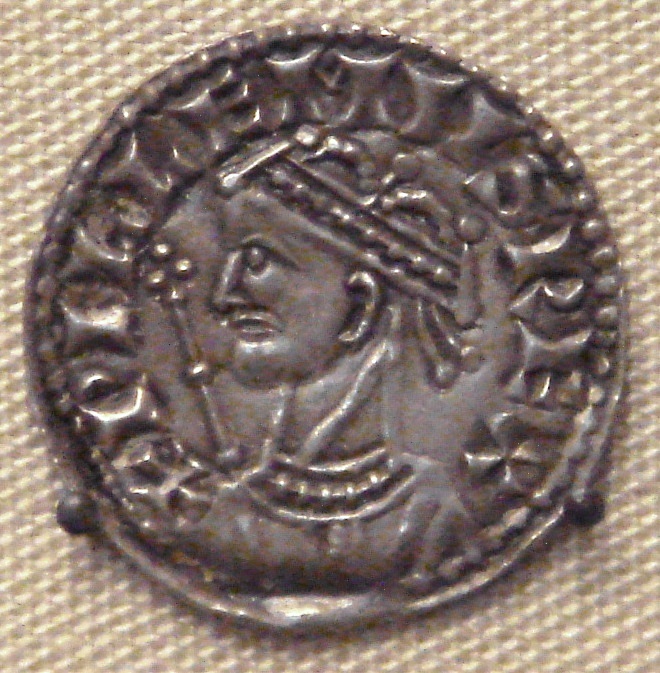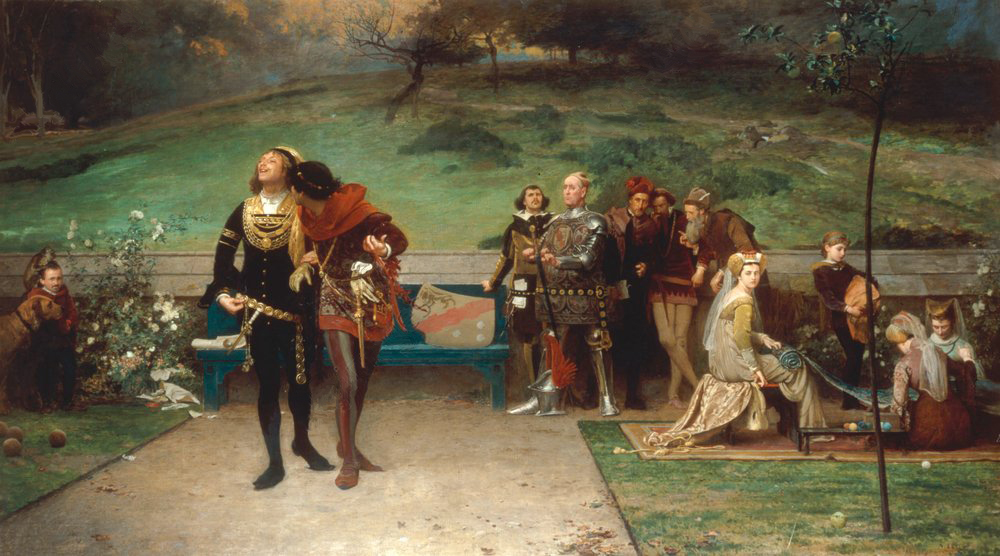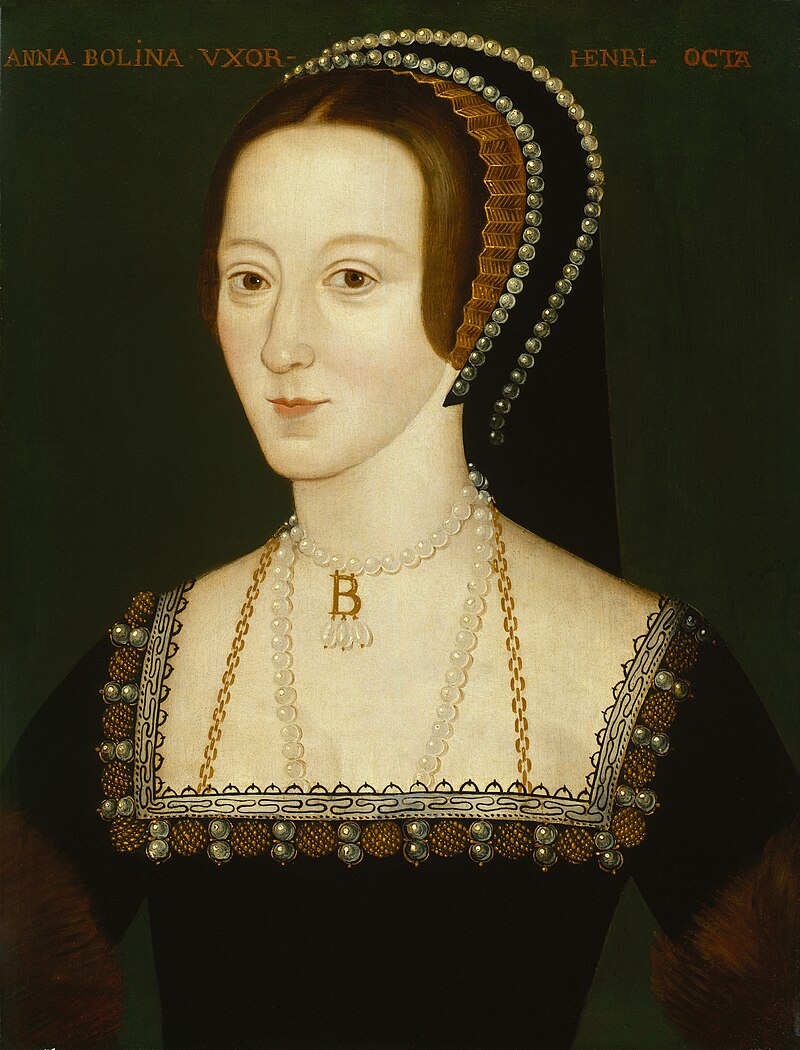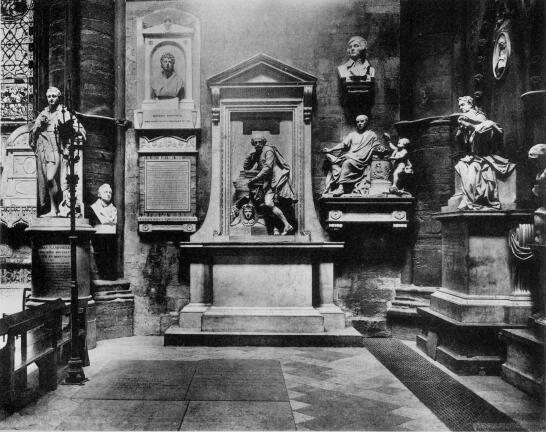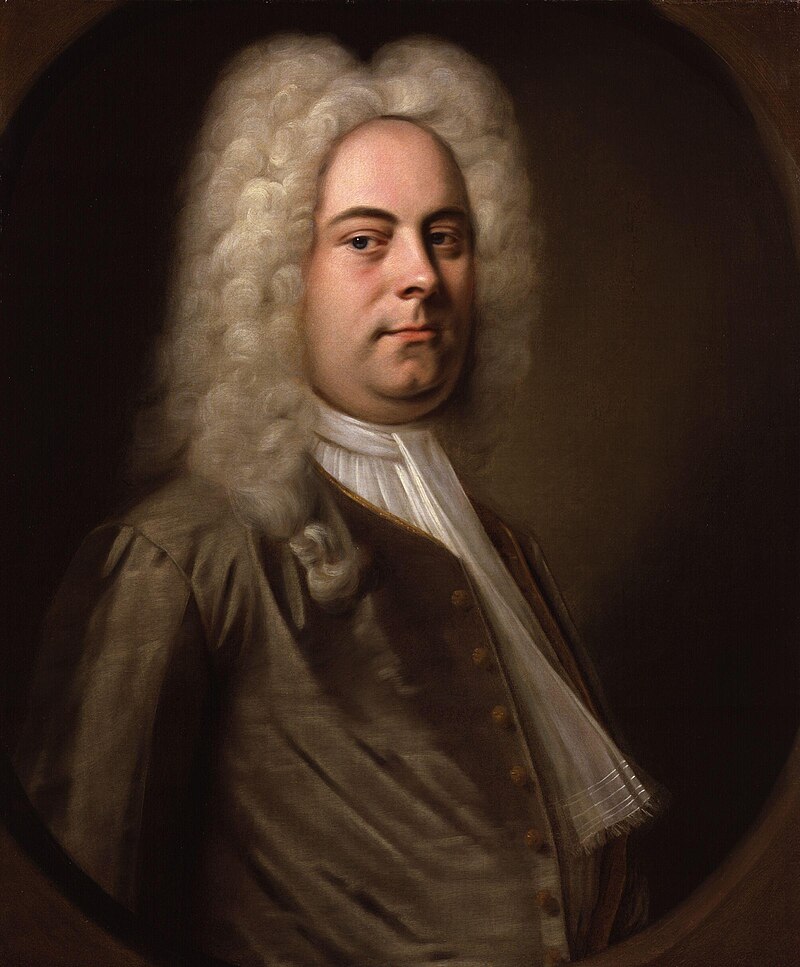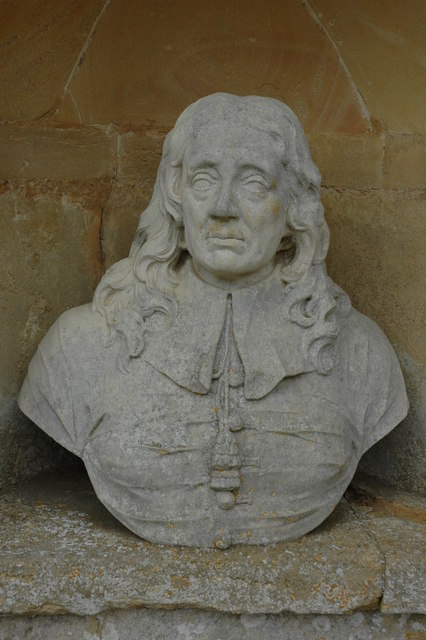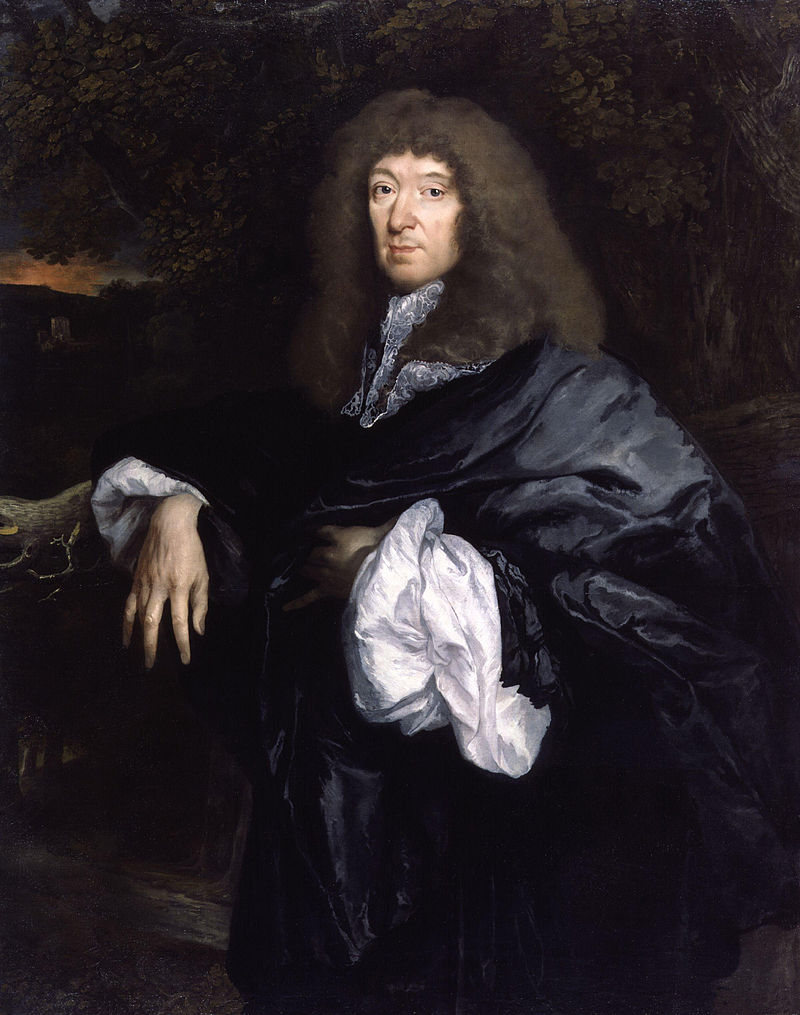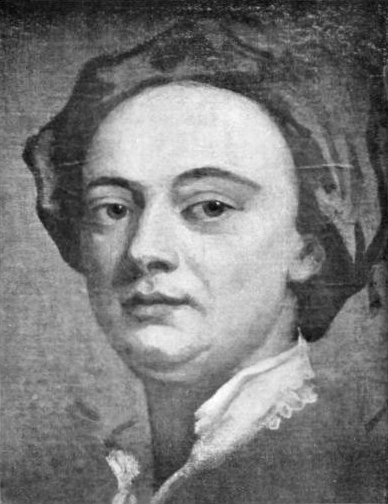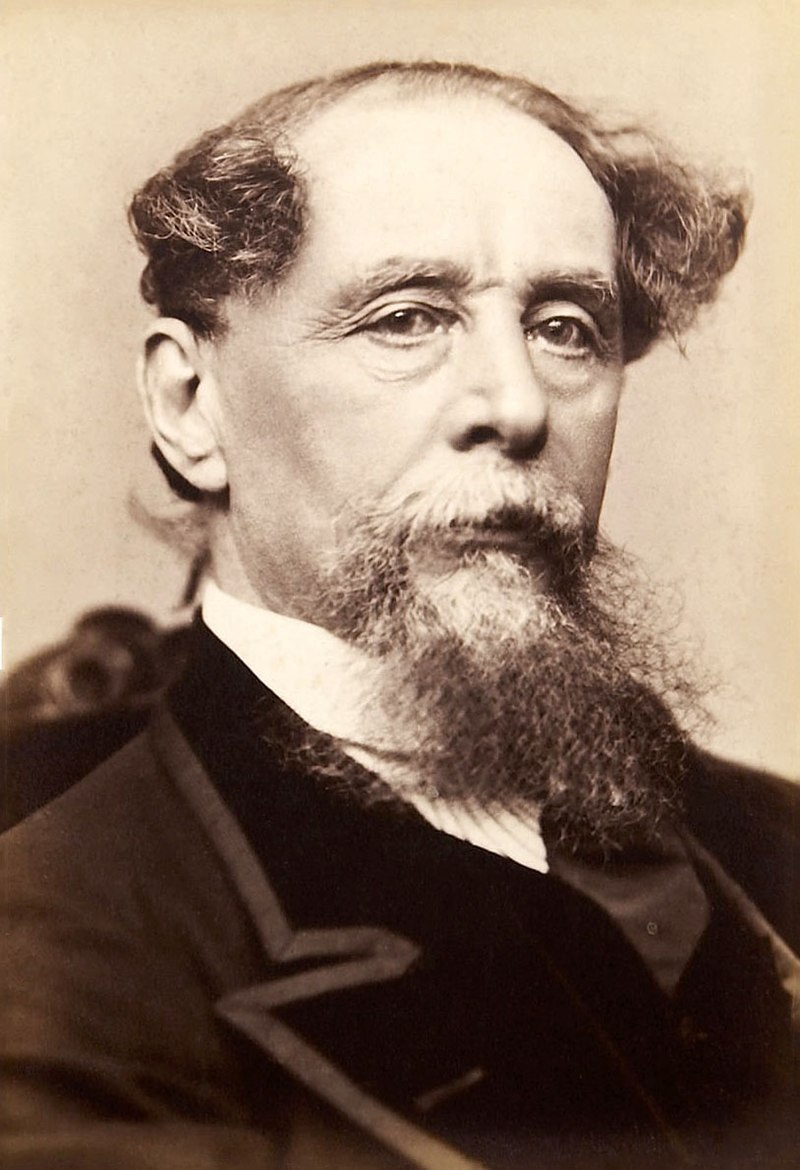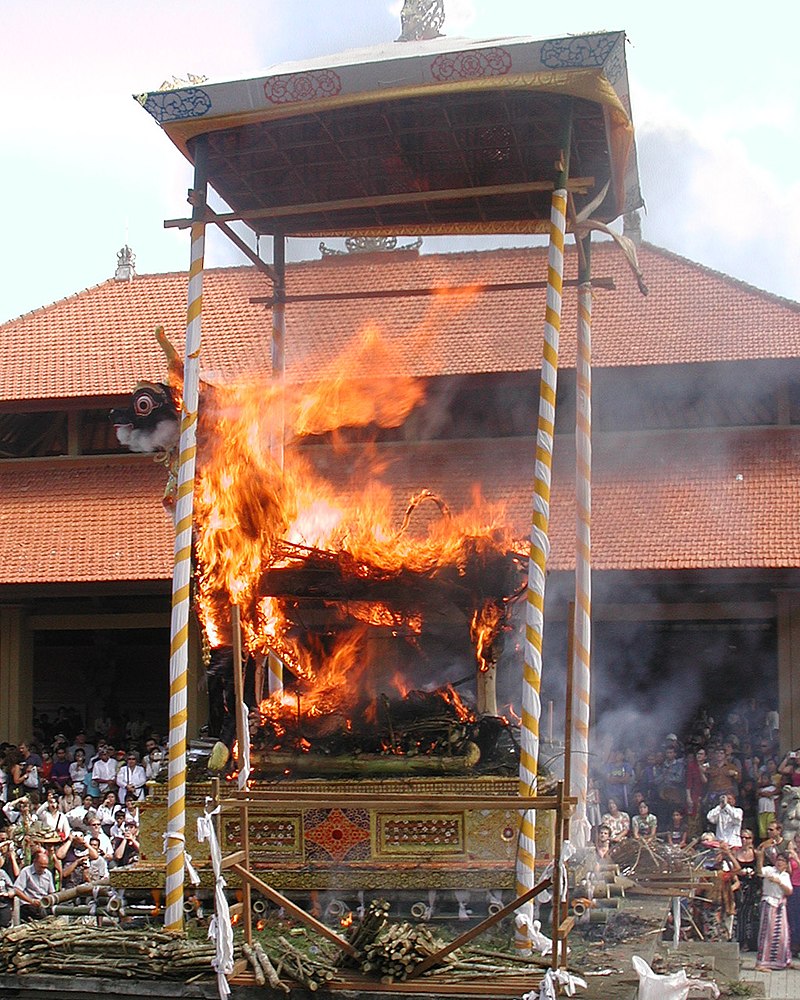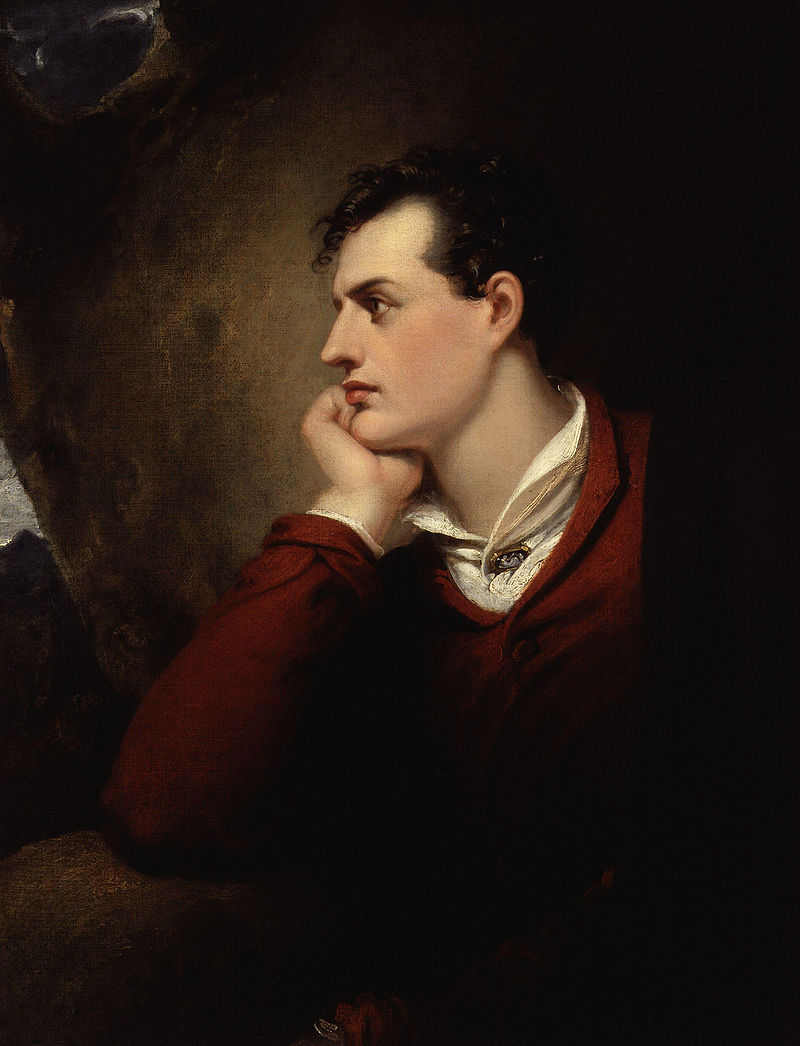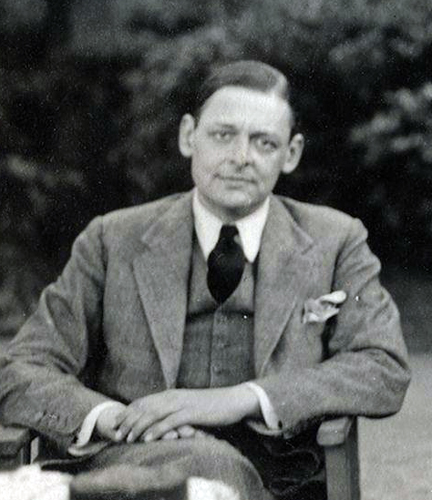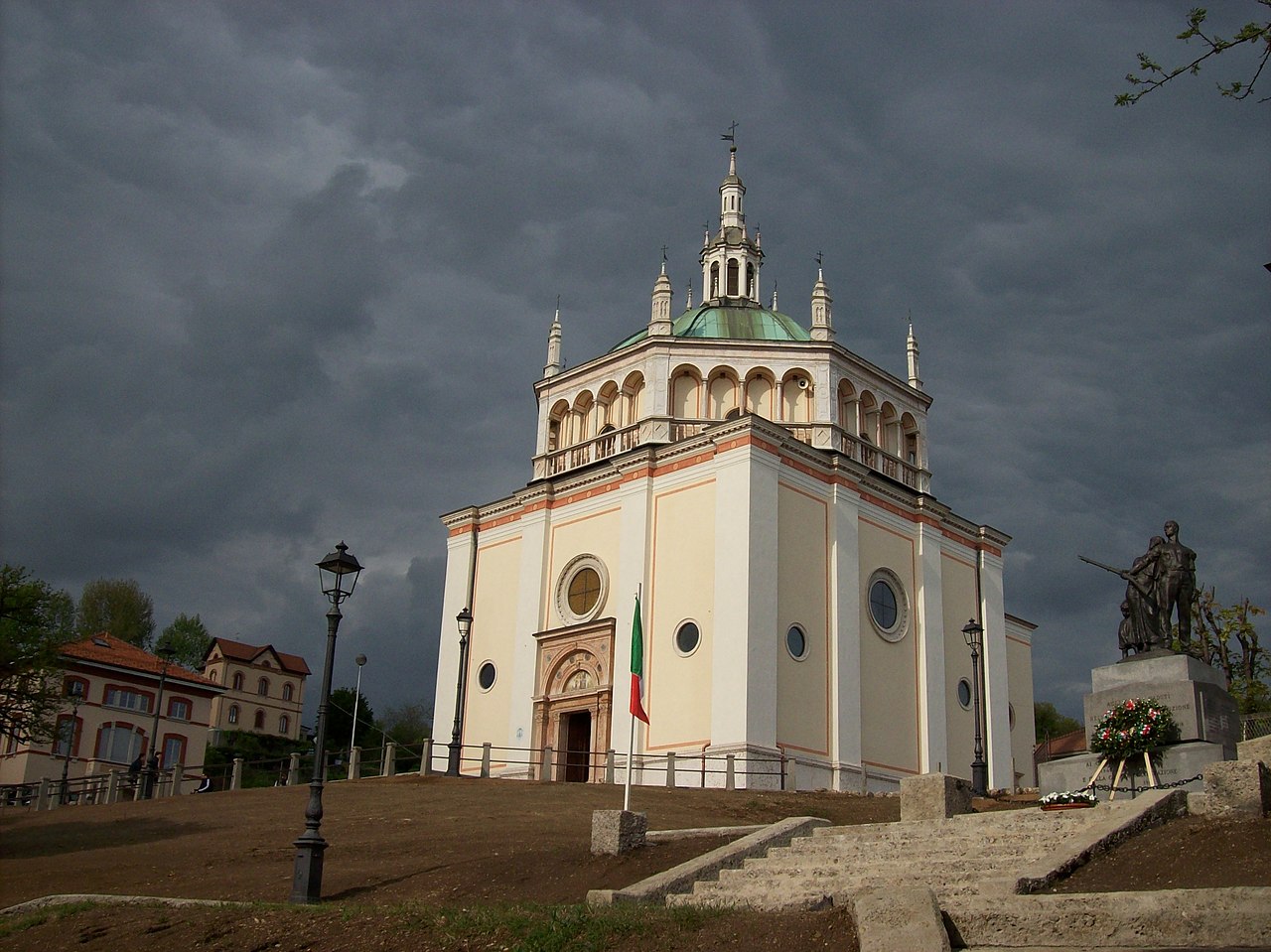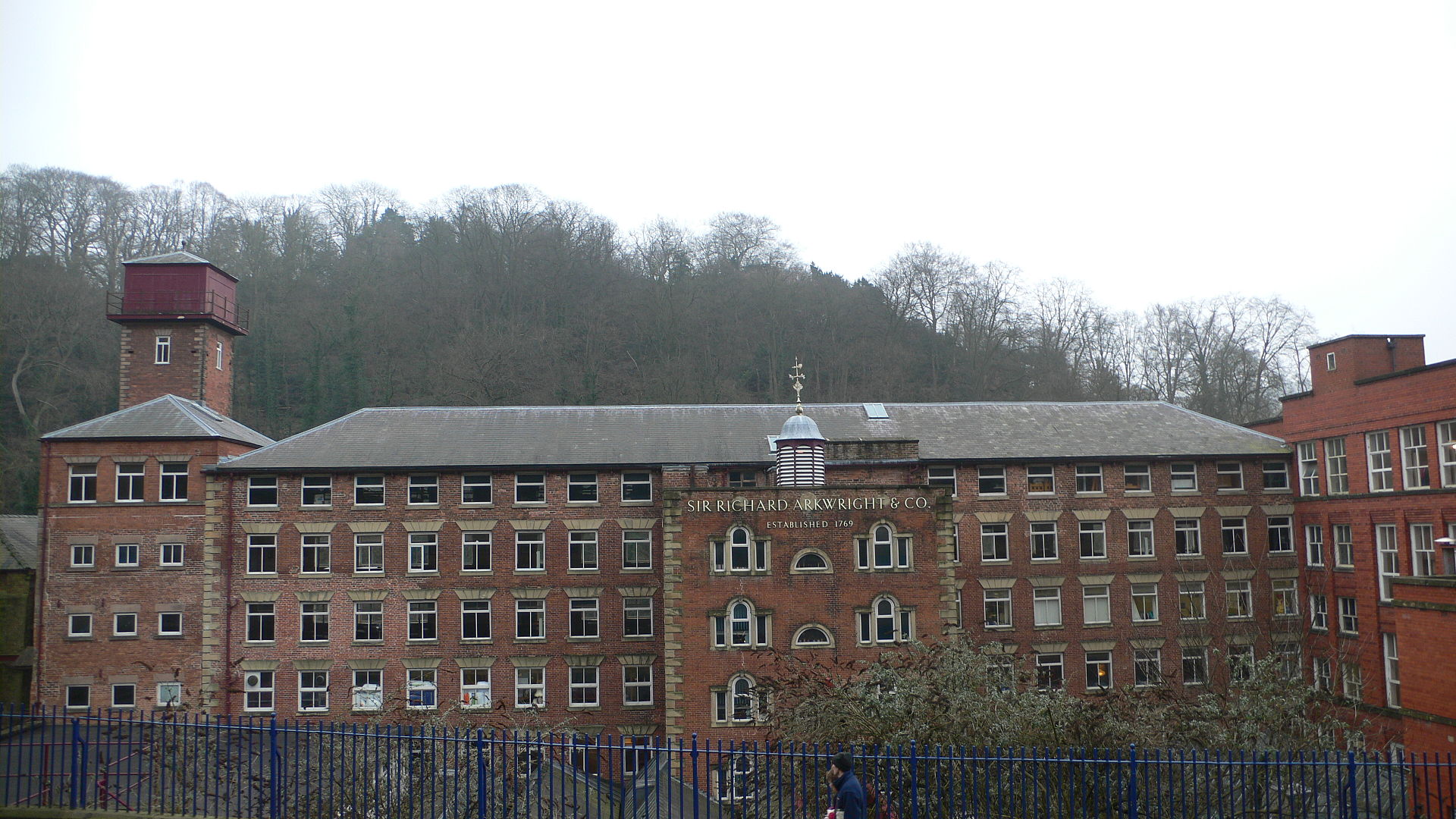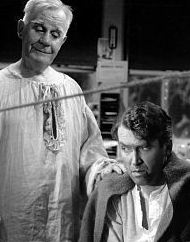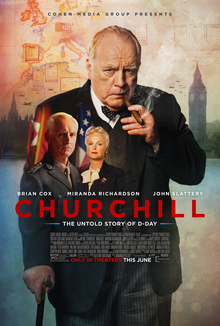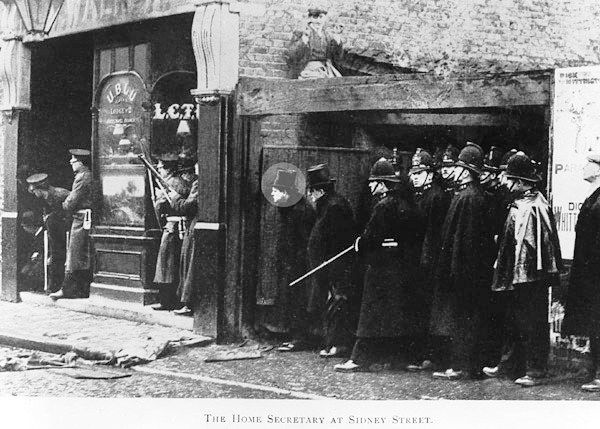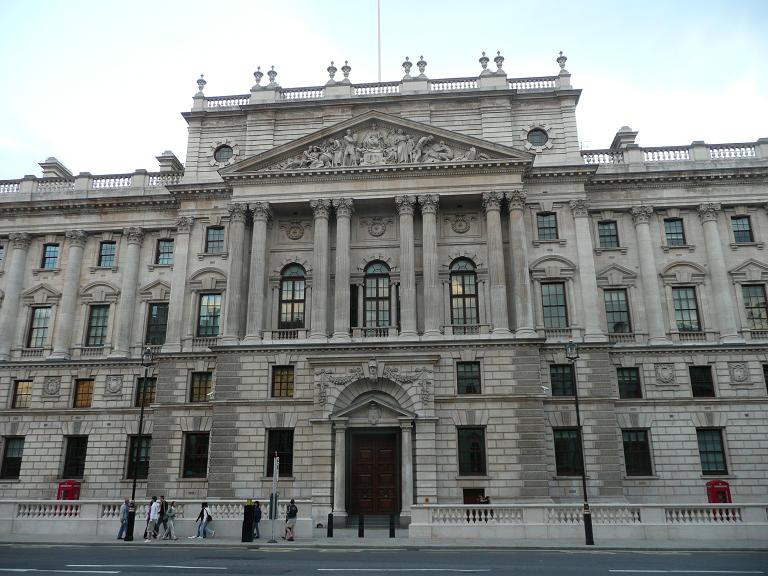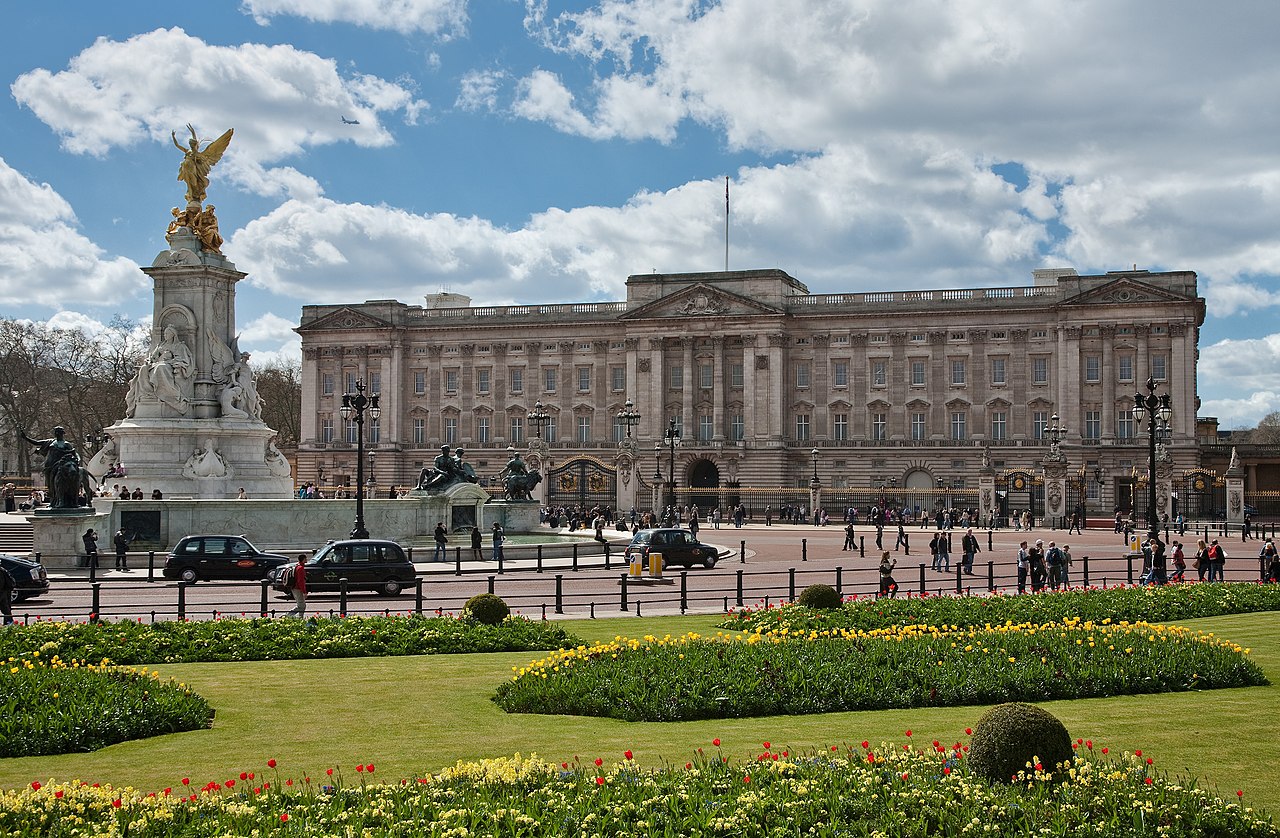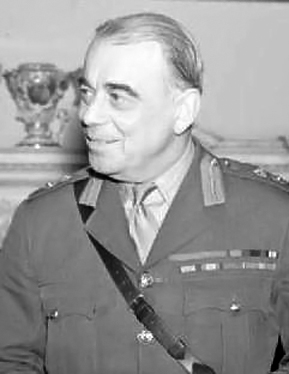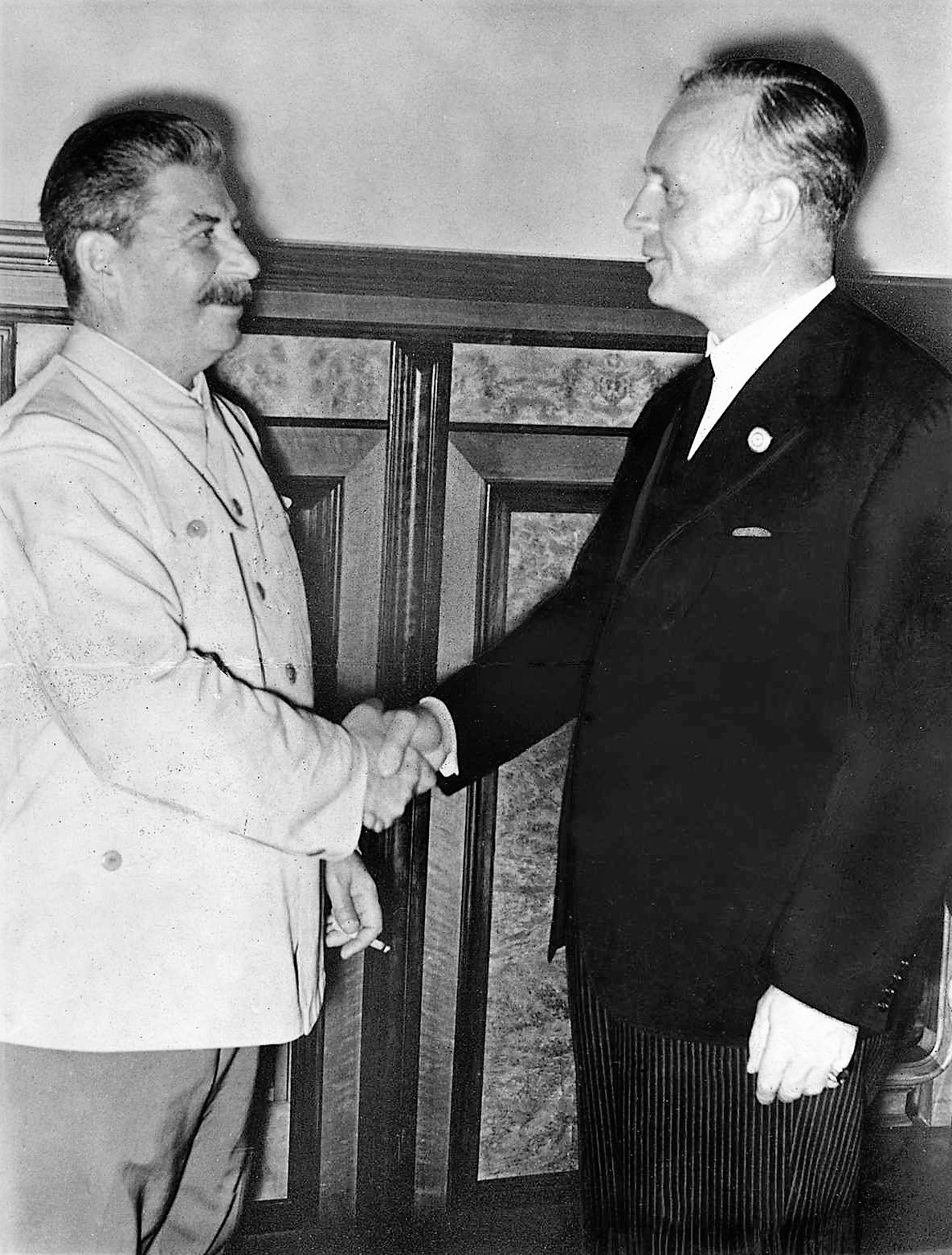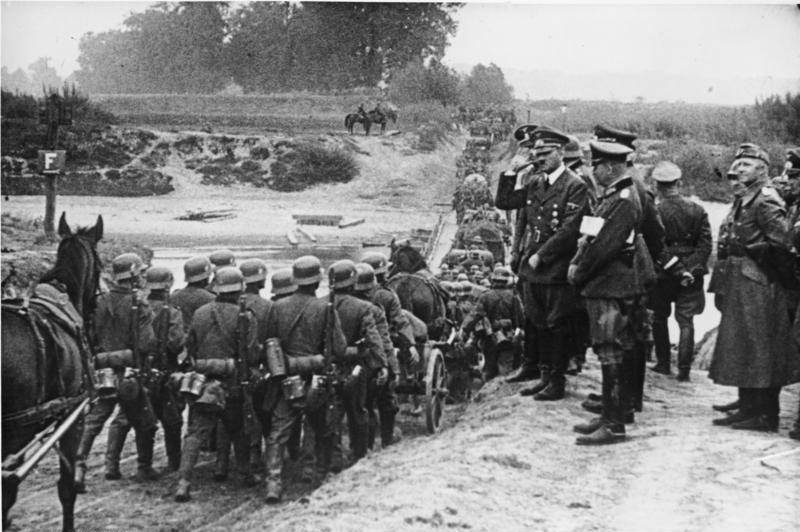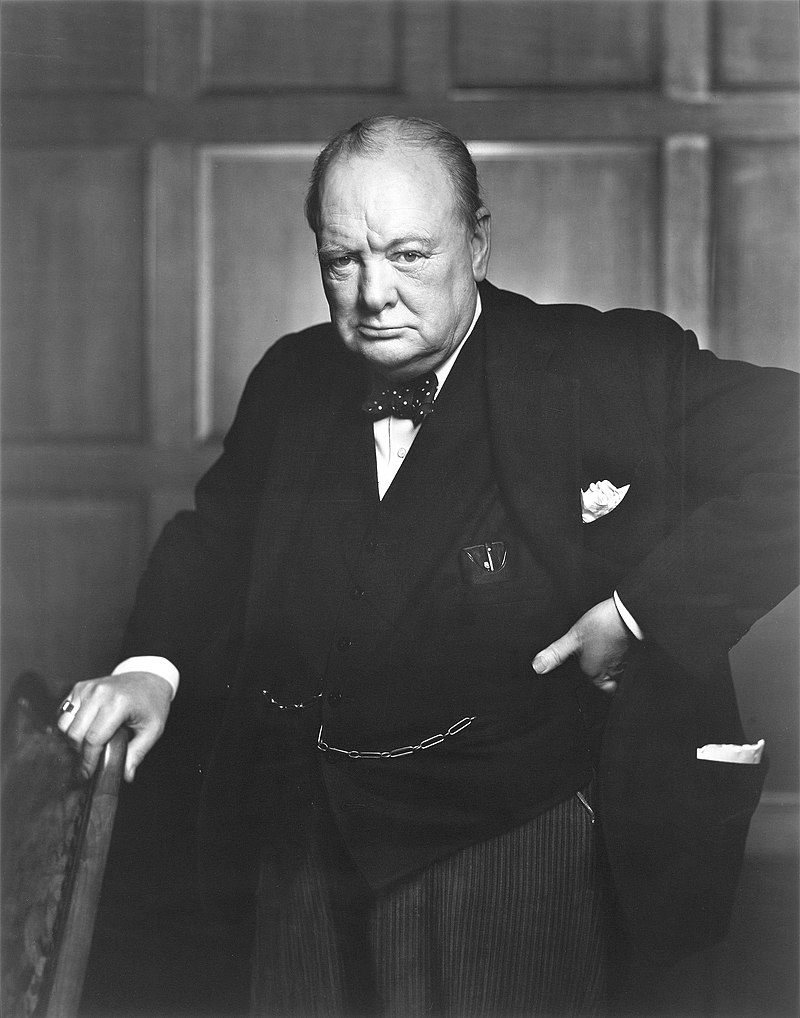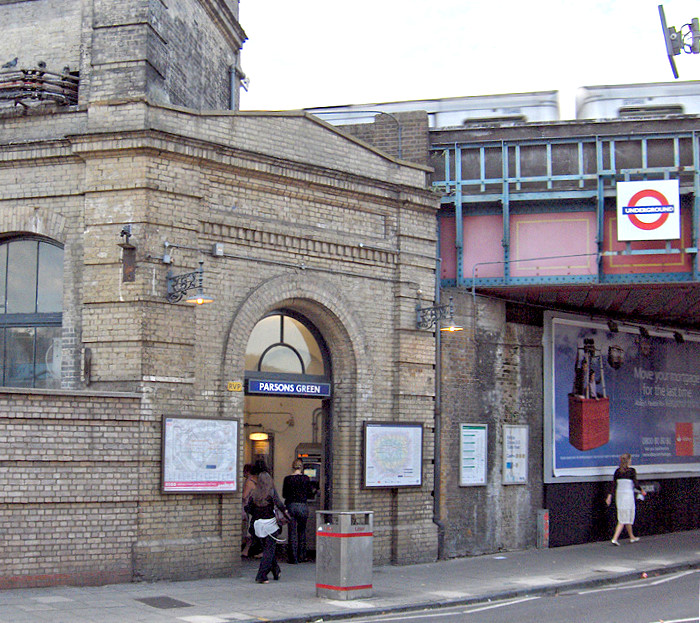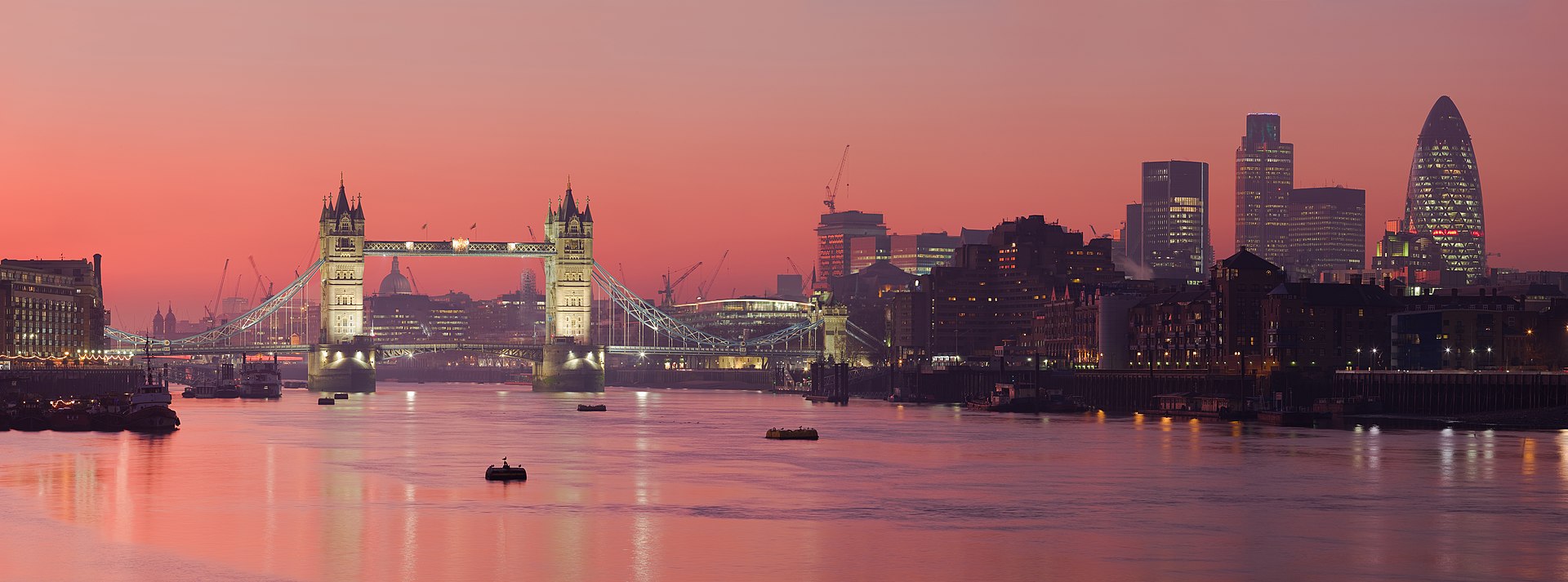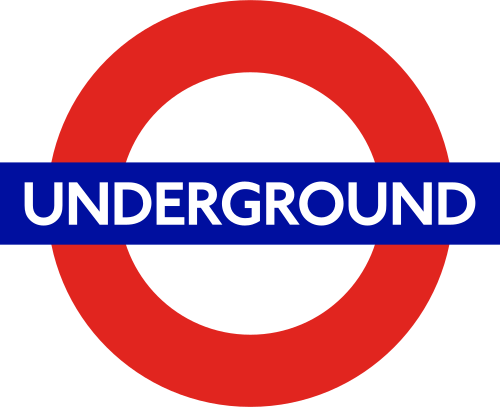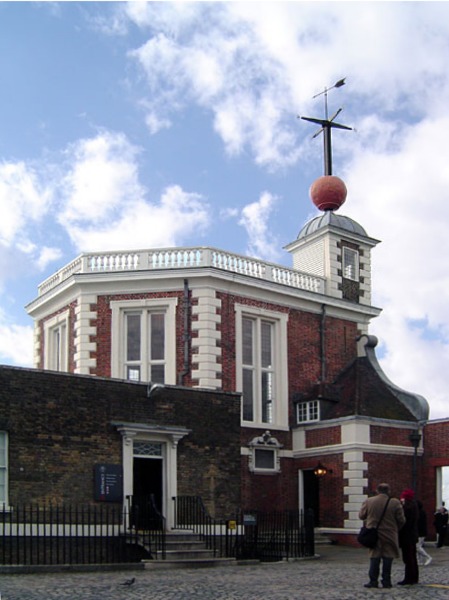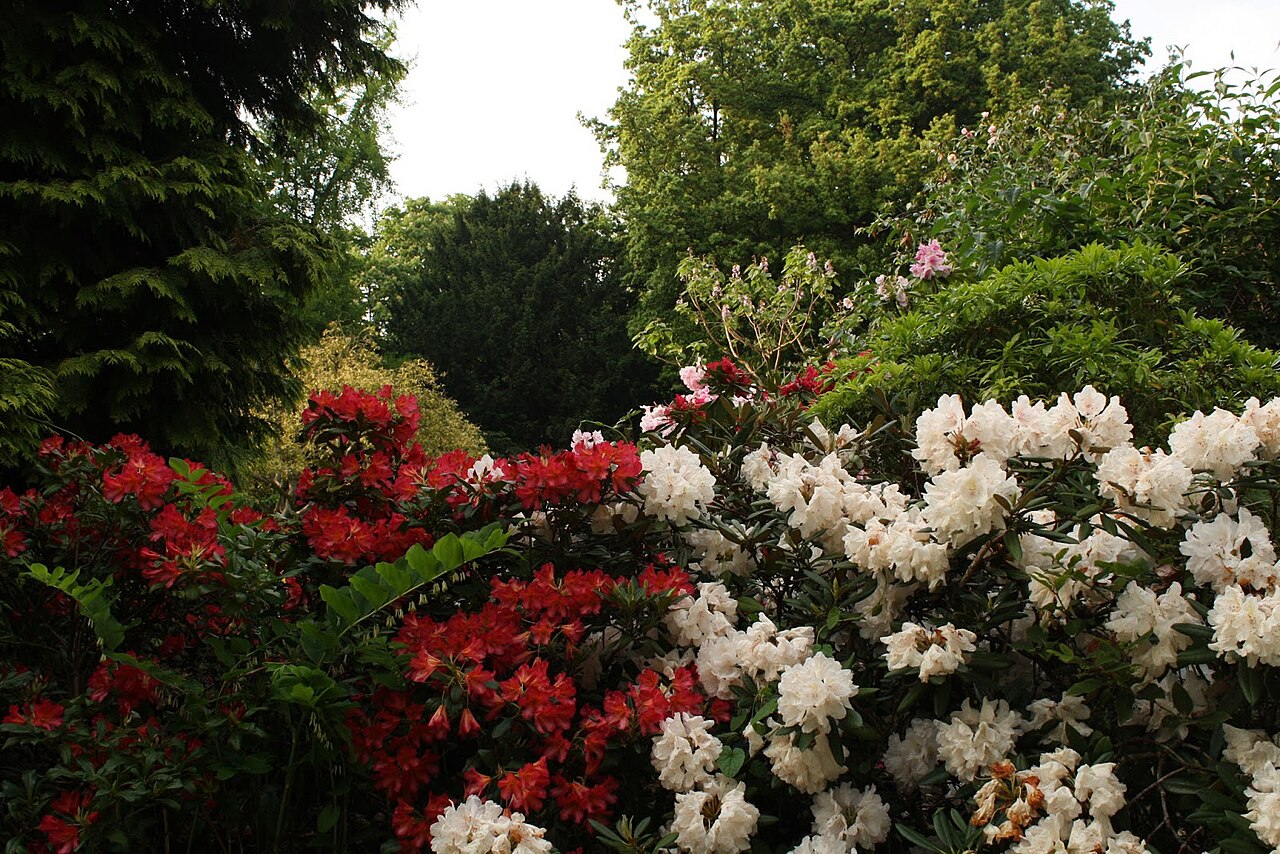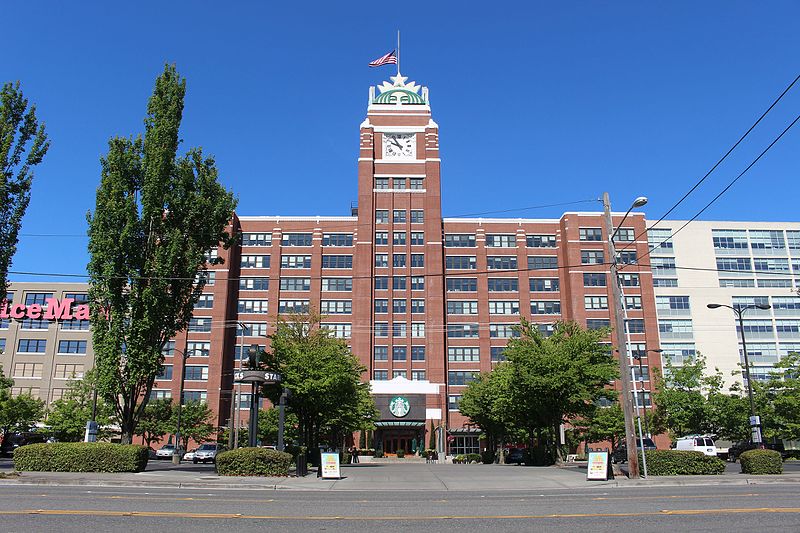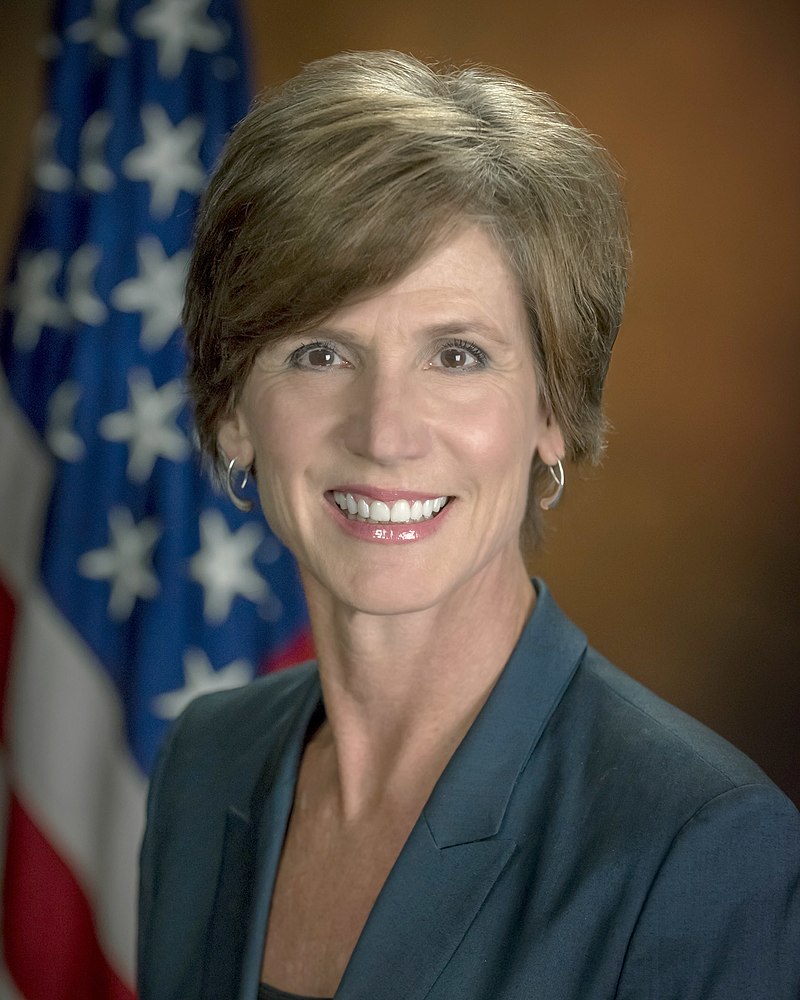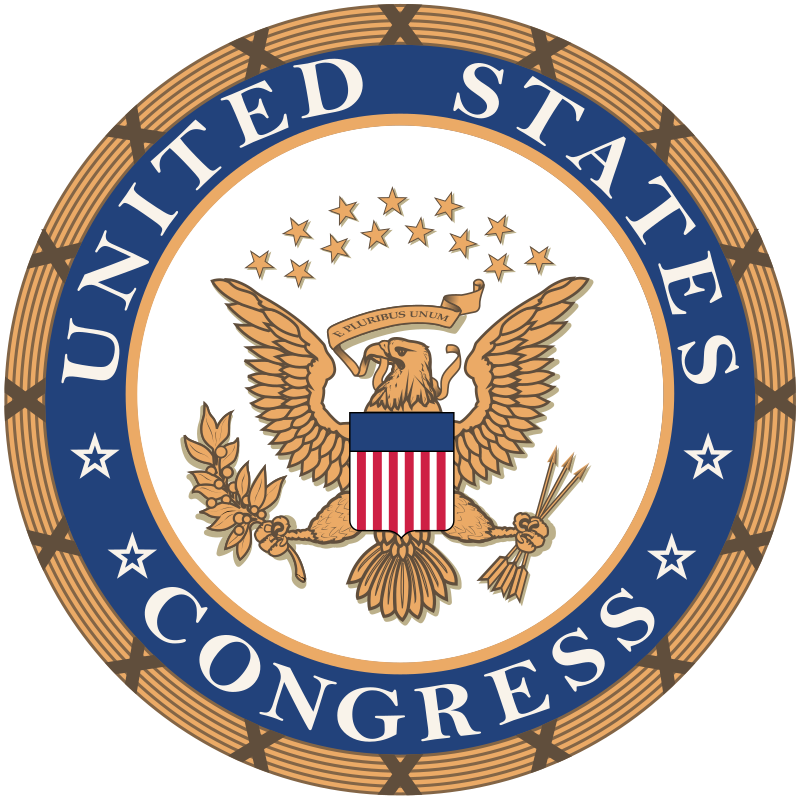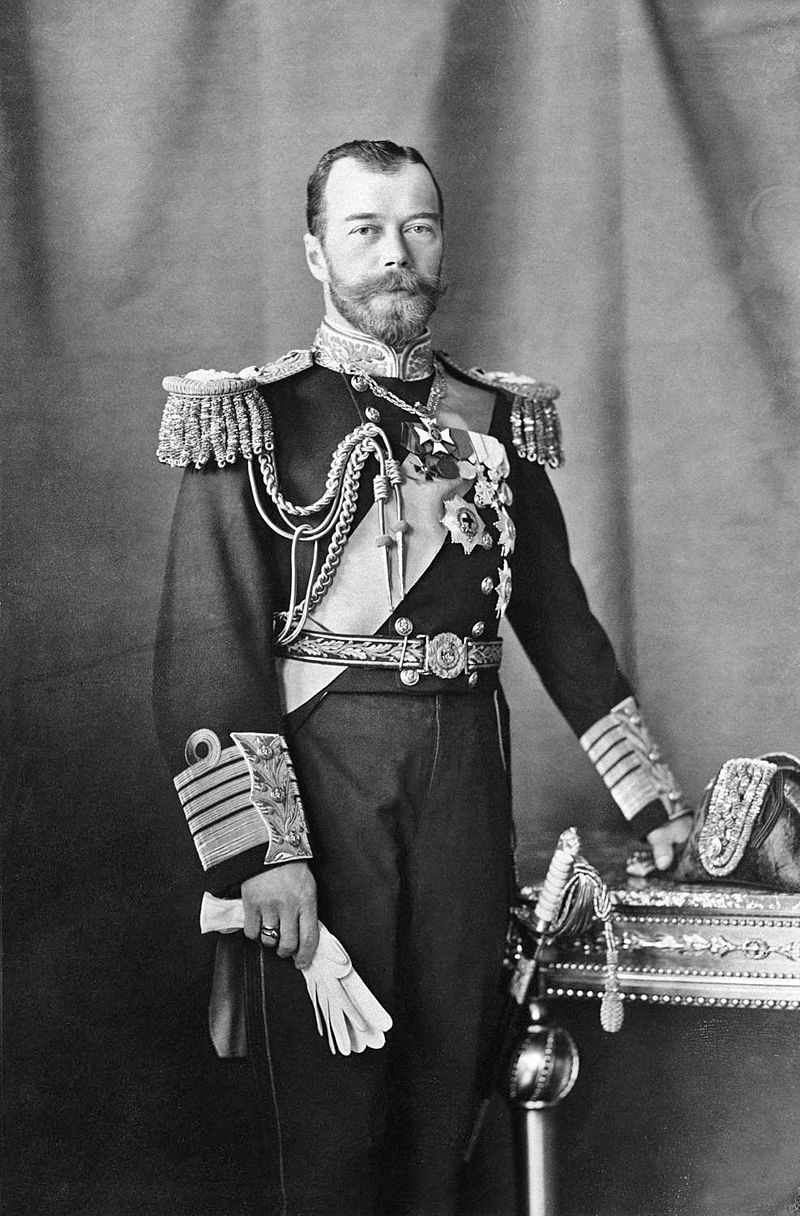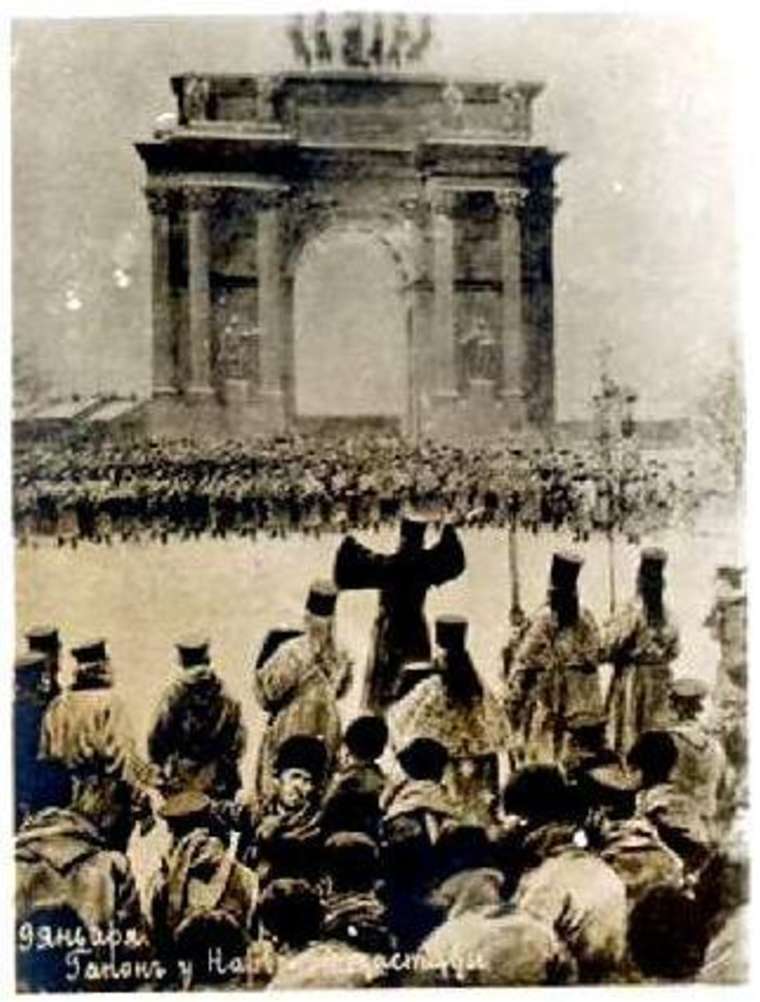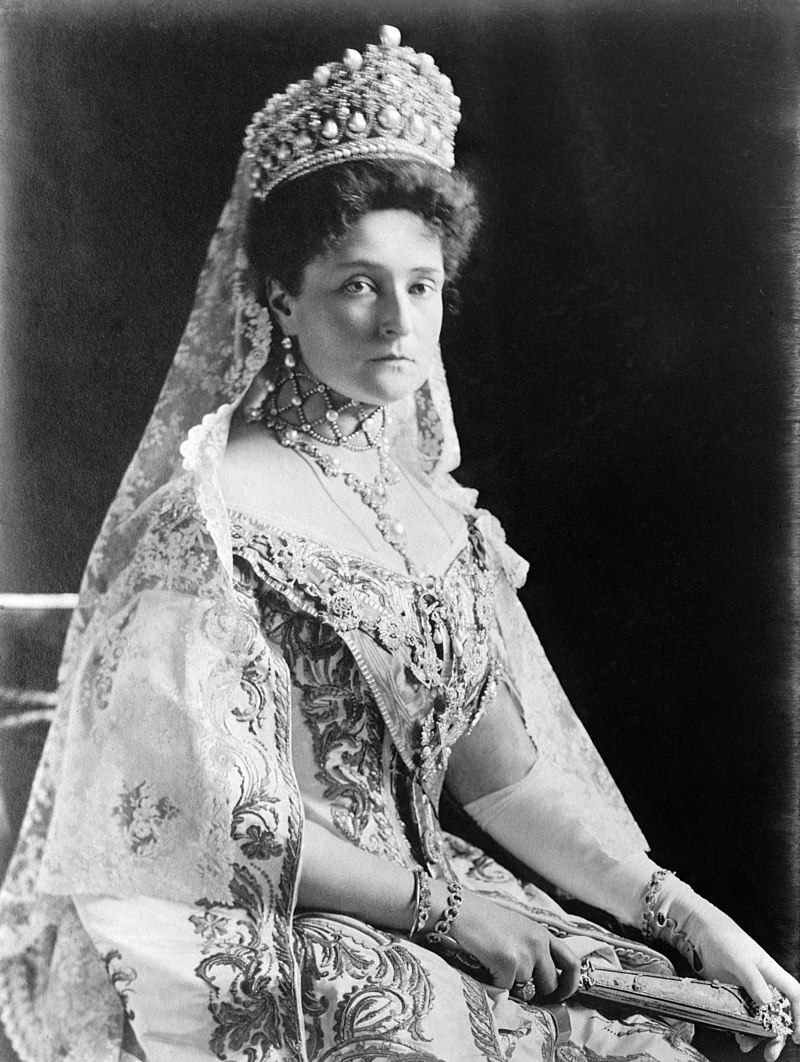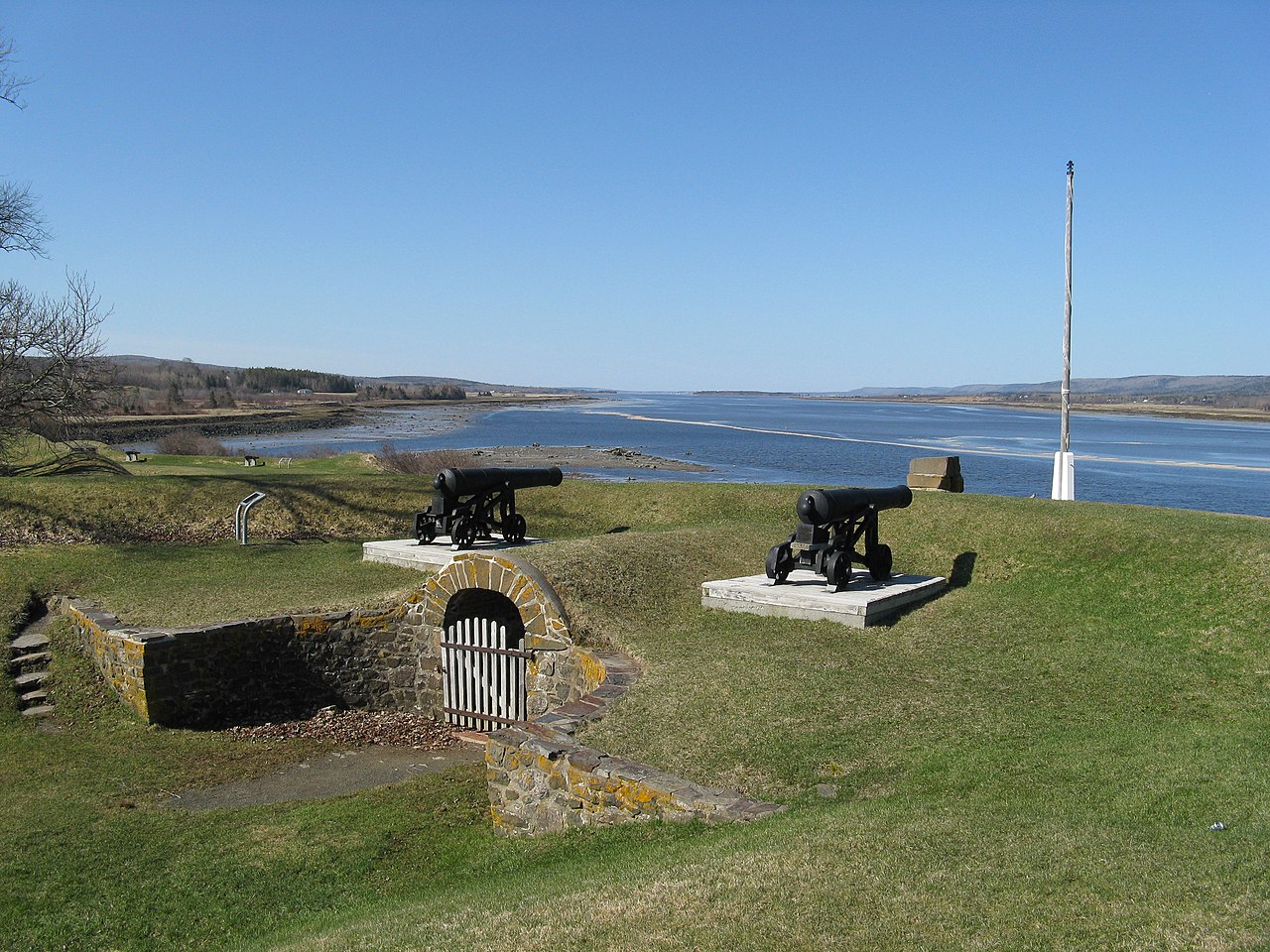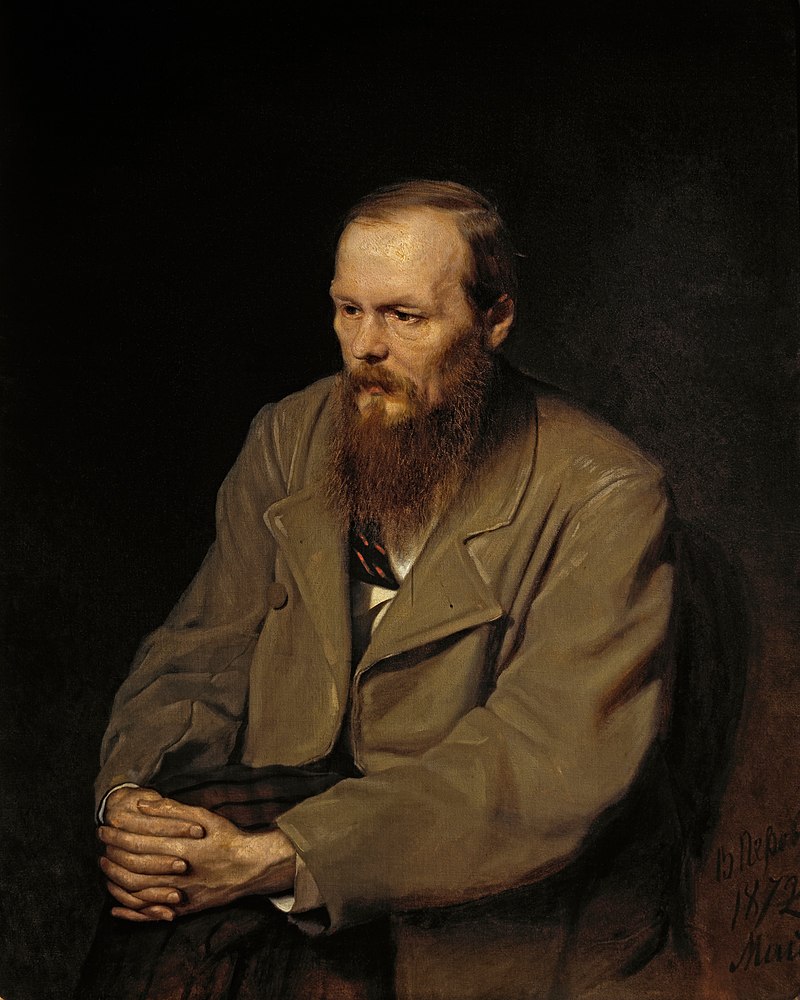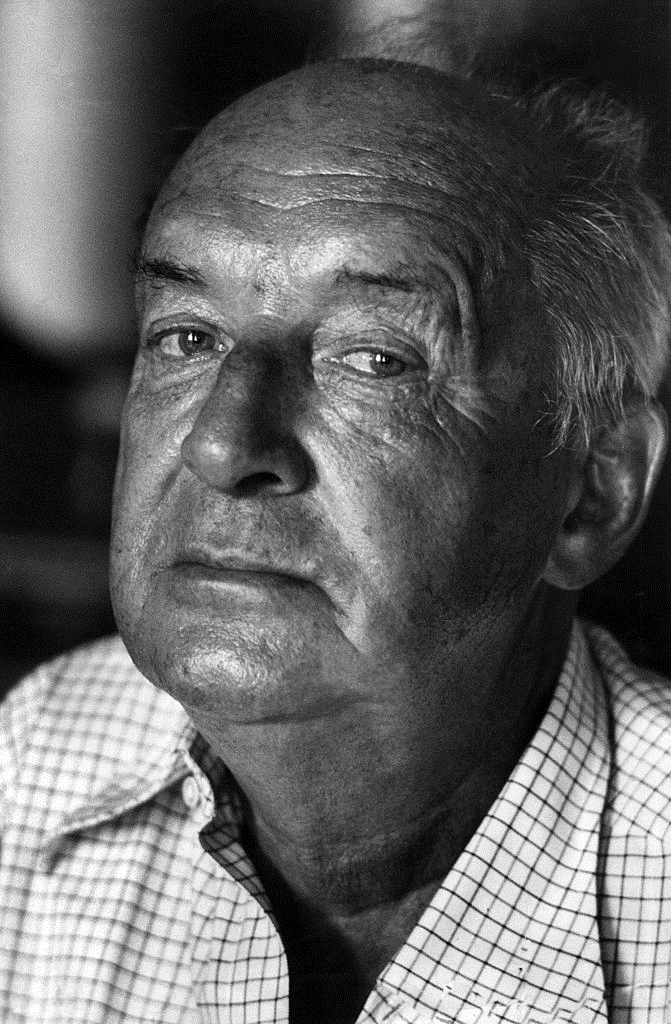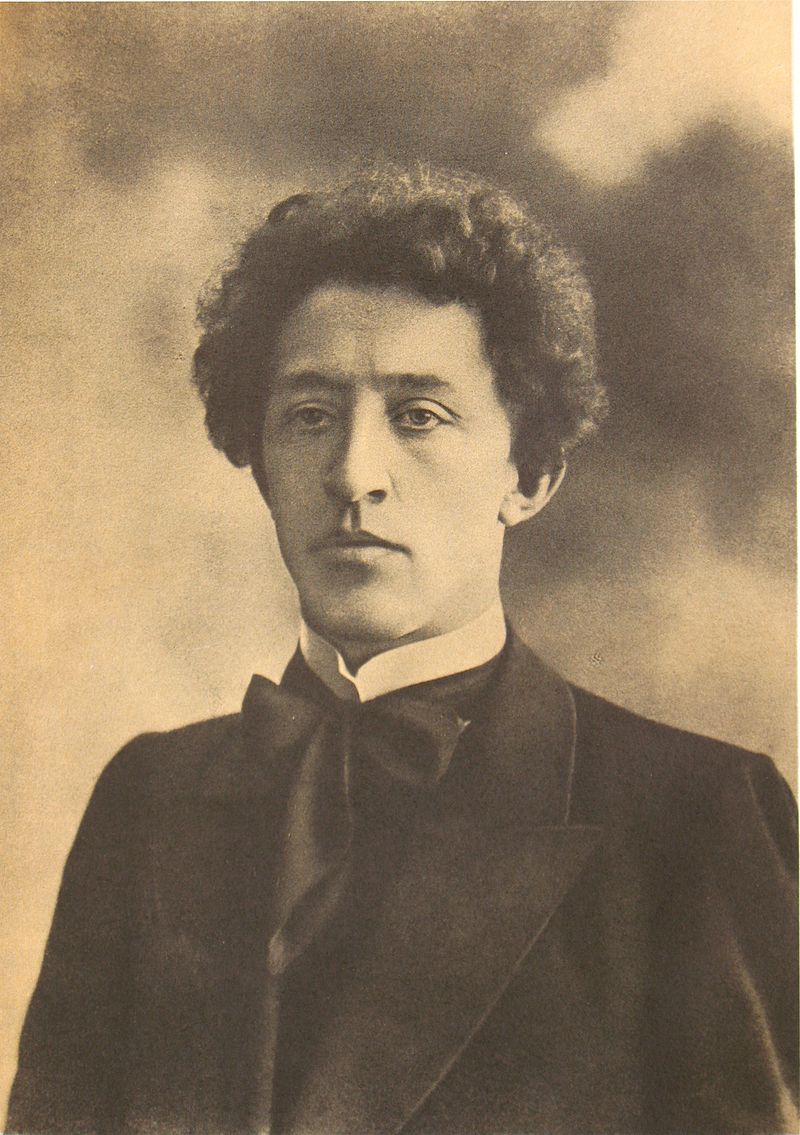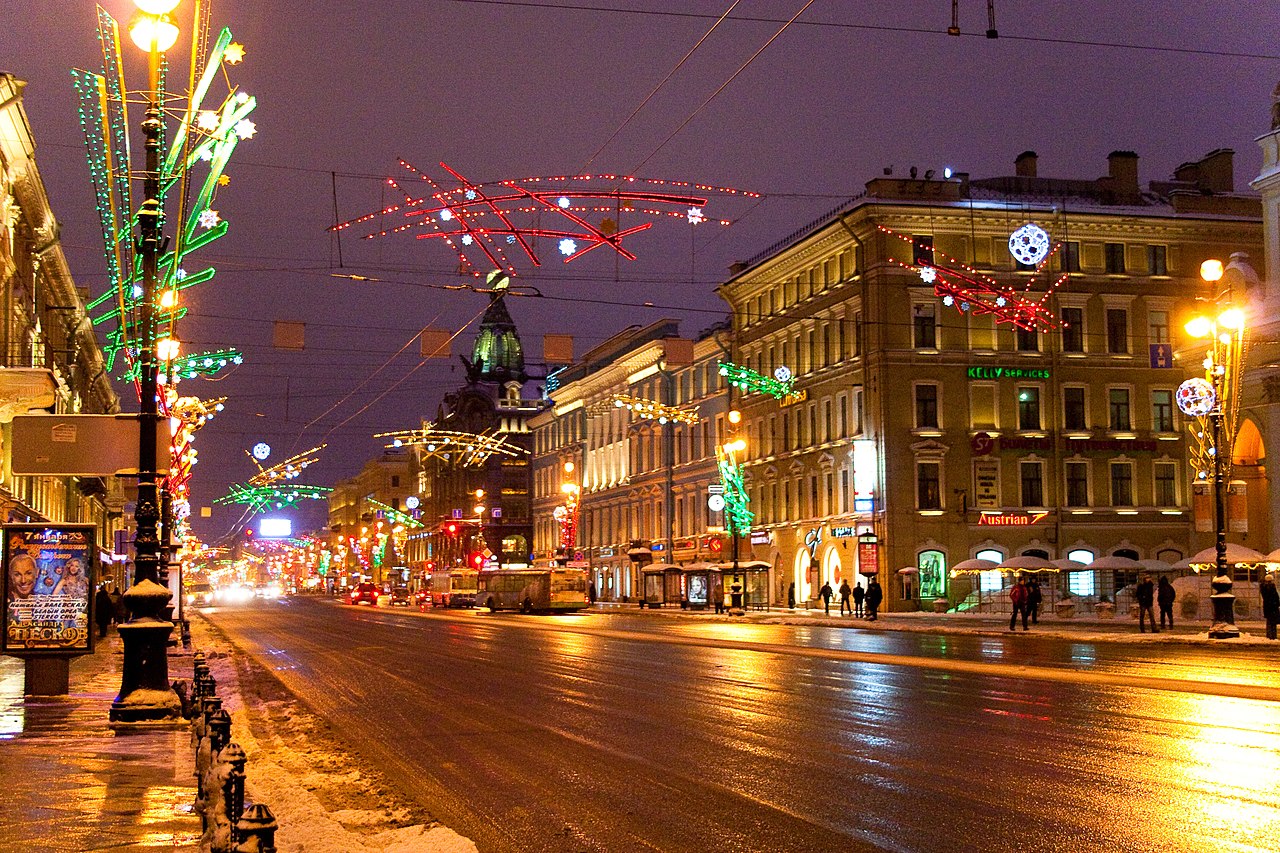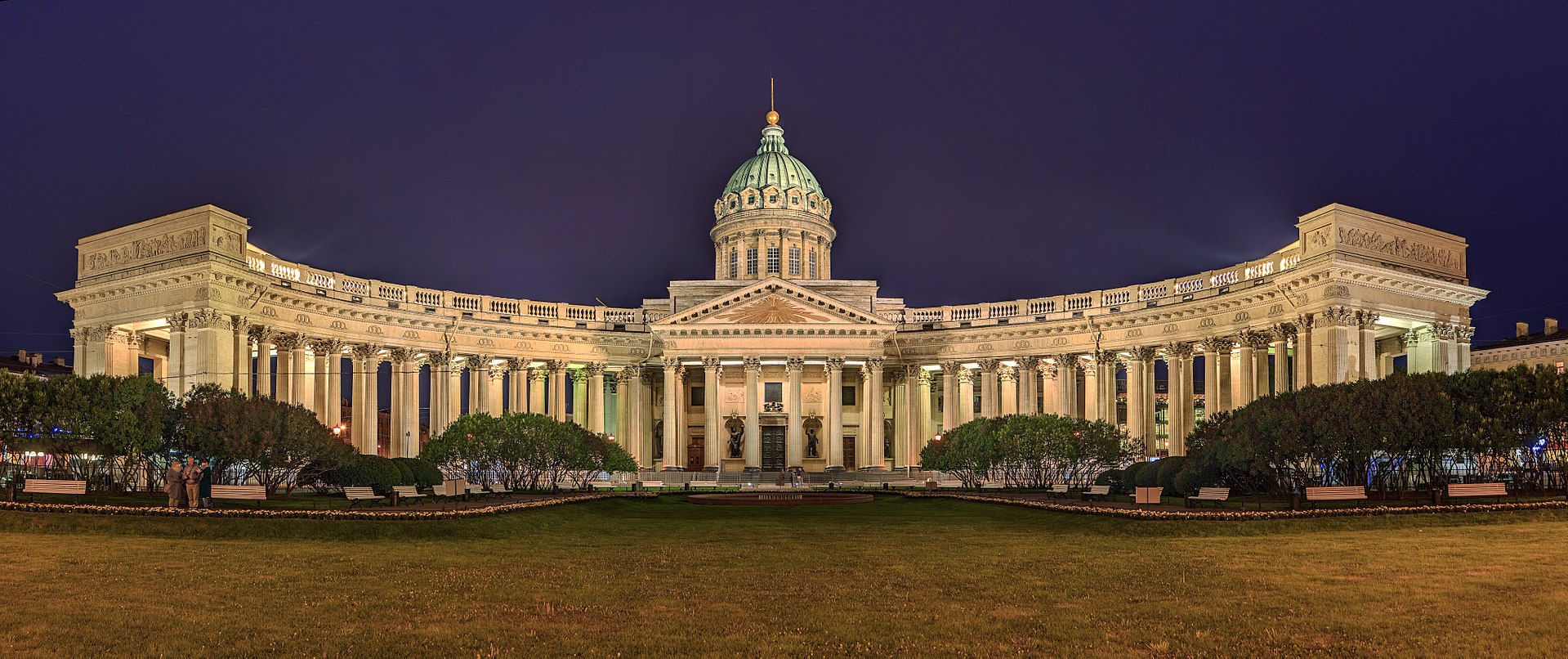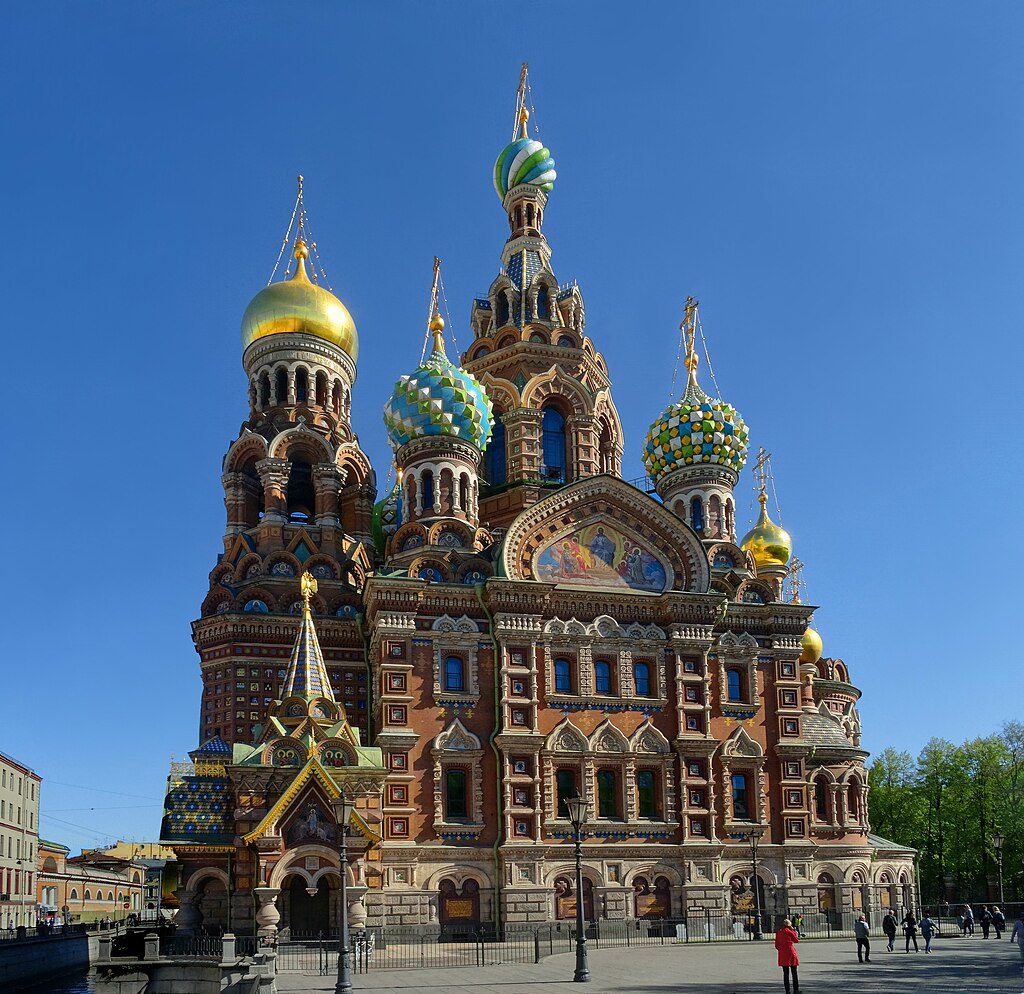Landschlacht, Switzerland, 20 July 2018
I have three books in my possession that offer three different ways to consider the Serbian capital city of Belgrade….
I can choose to be as Chris Farmer and be Grumpy in Belgrade, I can choose to be as Momo Kapor and feel The Magic of Belgrade, or I can follow Aleksandar Diklic´s advice and take a sentimental journey through history of Belgrade: The Eternal City.
What is certain is that I experienced these emotions and more when I was in Belgrade this past April.
I spent six glorious days in Serbia as a guest of my Starbucks St. Gallen colleague Nesha, and there is much I learned that I wish to share with you, my gentle readers, in the hopes that you too will discover the unsung delights that are the fascinating cities of Belgrade and Nis.
Perhaps my stories will encourage you to visit….

Above: The City of Belgrade
Belgrade, Serbia, Thursday 5 April 2018
The day, my first full one, began with a regret, my first full one.
During the evening as a result of excessive eating and drinking – first with Nesha and his mama Strawberry, and then later with Nesha and the godparents of Nesha´s daughter – in Belgrade, which, like New York City, never sleeps – I found that my night clothing had paid the penalty for my pastimes.
It had been a difficult time – my leg itched, I couldn´t get comfortable on my air mattress bed, and the gigantic teddy bears that shared the room seemed to be watching me.
I dreamt of Amadeus Mozart gambling – his name spelled Mozzart like the chain of Serbian betting offices seen everywhere.

Above: Wolfgang Amadeus Mozart (1756 – 1791)
As the ladies of the harbour offered me comfort for the night, raccoon-eyed, hard-working, hard-living Nesha kept telling me:
“Listen to me, Adami. I´ll sleep when I´m dead.”

Above: Nesha Obranovic, the man, the legend
The begging boys by the Danube reminded me that no concentration camps are open on the Orthodox Easter weekend.
I take my night clothing into the shower, attempting to multi-task my morning cleanliness with a wee bit of laundry.
Not knowing how Nesha´s shower worked, I turn the bathroom floor into a swimming pool.
Yet Nesha is in good spirits, despite his lungs are tobacco leaf folders.
His kitchen is not ideally set up for elaborate cooking so after discussion about this and that we have latté and Turkish coffee at the Café Alphonse de Lamartine.
Named after French writer/poet/politician Alphonse de Lamartine (1790 – 1869) the Café stands across from Park Lamartine.
Above: Alphonse de Lamartine
Lamartine is memorialized by this park and café as well as a monument in Karadordev Park.
Lamartine was born in Macon, France, on 21 October 1790.
His family were members of the French provincial nobility and Lamartine spent his youth at the family estate.
Lamartine made his entrance into the field of poetry by a masterpiece, Les Méditations Poétiques (1820) and awoke to find himself famous.
He was made a Chevalier of the Legion of Honour in 1825.
He worked for the French embassy in Italy from 1825 to 1828.
In 1829, he was elected a member of the Académie française.
He was elected a deputy in 1833.

Above: Flag of modern France
In 1835 he published the Voyage en Orient, a brilliant and bold account of the journey he had just made, in royal luxury, to the countries of the Orient.
Alphonse de Lamartine was an Orientalist with a particular interest in Lebanon and the Middle East.
He travelled to Lebanon, Syria and the Holy Land via Serbia in 1832–33.
During that trip, while he was in Beirut, on 7 December 1832, he lost his only remaining child, Julia.
During his trip to Lebanon he had met Prince Bashir Shihab II and Prince Simon Karam, who were enthusiasts of poetry.
A valley in Lebanon is still called the Valley of Lamartine as a commemoration of that visit and the Lebanon cedar forest still harbors the Lamartine Cedar, which is said to be the cedar under which Lamartine had sat 200 years ago.

“Highlanders with innate manners, shepherds who live for freedom and women as beautiful as ladies from Swiss cantons…”
This is how Lamartine saw the people of Serbia during his visit in 1833.
Was Alphonse de Lamartine actually the one who has established French-Serbian friendship, and not World War I, as it was considered for a long time?
Lamartine was the first man whose opinion mattered and who spread the word across Europe about sufferings of peoples in the Balkans under Ottoman rule and the great courage of Serbs fighting for freedom.
Till than France was on good terms with the Ottoman Empire, but it all changed after what Lamartine had to say.
He visited Serbia, met the villagers that hosted him in their modest peasant houses, talked to princes and warriors.
Finally Lamartine came to a conclusion that “among them there is very little material inequality and the only grandeur they have are their weapons” used to defend their freedom.
He liked the Serbian language and considered it “harmonious, musical, and rhythmic”.
There was something in the country of this small nation from the Balkans that deeply touched the heart of this romantic poet.
Lamartine was so influenced by his trip that he staged his 1838 epic poem La Chute d’un ange (The Fall of an Angel).
From then on he confined himself to prose.
He was briefly in charge of the French government during the turbulence of 1848.
He was Minister of Foreign Affairs from 24 February 1848 to 11 May 1848.
Due to his great age, Jacques-Charles Dupont de l’Eure, Chairman of the Provisional Government, effectively delegated many of his duties to Lamartine.
He was then a member of the Executive Commission, the political body which served as France’s joint Head of State.
Lamartine was instrumental in the founding of the Second Republic of France, having met with Republican Deputies and journalists in the Hôtel de Ville to agree on the makeup of its provisional government.
Lamartine himself was chosen to declare the Republic in traditional form in the balcony of the Hôtel de Ville and ensured the continuation of the Tricolore as the flag of the nation.
During his term as a politician in the Second Republic, he led efforts that culminated in the abolition of slavery and the death penalty, as well as the enshrinement of the right to work and the short-lived national workshop programs.
A political idealist who supported democracy and pacifism, his moderate stance on most issues caused many of his followers to desert him.
He was an unsuccessful candidate in the presidential election of 10 December 1848, receiving fewer than 19,000 votes.
He subsequently retired from politics and dedicated himself to literature.
He published volumes on the most varied subjects (history, criticism, personal confidences, literary conversations) especially during the Empire, when, having retired to private life and having become the prey of his creditors, he condemned himself to what he calls “literary hard-labor in order to exist and pay his debts“.
Lamartine ended his life in poverty, publishing monthly installments of the Cours familier de littérature to support himself.
He died in Paris in 1869.

Above: The tomb of Alphonse de Lamartine, Paris
The square where Nesha´s apartment stands is named after this poet.
Nesha and I say little at breakfast, as he is determined that I am “set up electronically for Serbia” and magically manipulates my mobile so that I am not plagued by roaming phone charges.
Then we part company as he has business to conduct in distant Tara National Park.
I am left the use of Nesha´s Belgrade apartment and I am to remain solo until late Saturday night.
With the exception of a few Serbian words my bought-in-Switzerland guidebook provides, I am rendered mostly mute as a Canadian stranger in a strange land – a feeling that is simultaneously terrifying and exhilirating.
I continue down the street upon which the Café Lamartine stands and have breakfast at Restaurant Voulez-Vous: another latté and a serving of posinana jaja Benedict with home fries.
I am told by the waiters, resplendent in azure blue long-sleeved shirts with grey collars, that I must eat outside on the café terrace as “only the insane eat indoors on a sunny day.”

Armed with guidebook and maps obtained from yesterday´s arrival at the airport, I am a man with a plan:
Try to see as much as I can, as leisurely as possible, allowing myself to occasionally get lost.
My steps are as unsteady as the aim of an amateur archer.
I am pointed towards a target but there is no guarantee that I will reach the target.
I make my way to the closest tourist attraction to Lamartine: the St. Sava Cathedral.

The small rise upon which the Cathedral sits was once called Savinac, then later Vrapcije Polje (field of sparrows).
Over time and through the language variation that time creates, the name evolved into Vracarsko Polje and was eventually shortened to Vracar.
To appreciate Serbia fully, one must come to understand the importance of this Cathedral in the history of the country.
And much like Serbia itself, like Belgrade itself, the Cathedral has always been in a state of construction and renovation.
“There is a belief that the history of mankind is actually a history of waging war.
The voyage through history of our civilization´s soul leads us to Belgrade, one of the oldest and most often destroyed cities of the world.
When Le Corbusier, the famous architect, said that “Belgrade was the ugliest city at the most beautiful place“, he certainly had in mind the image of the results caused by the continual destruction of the city over many centuries as well as its inadequate renewal and reconstruction.
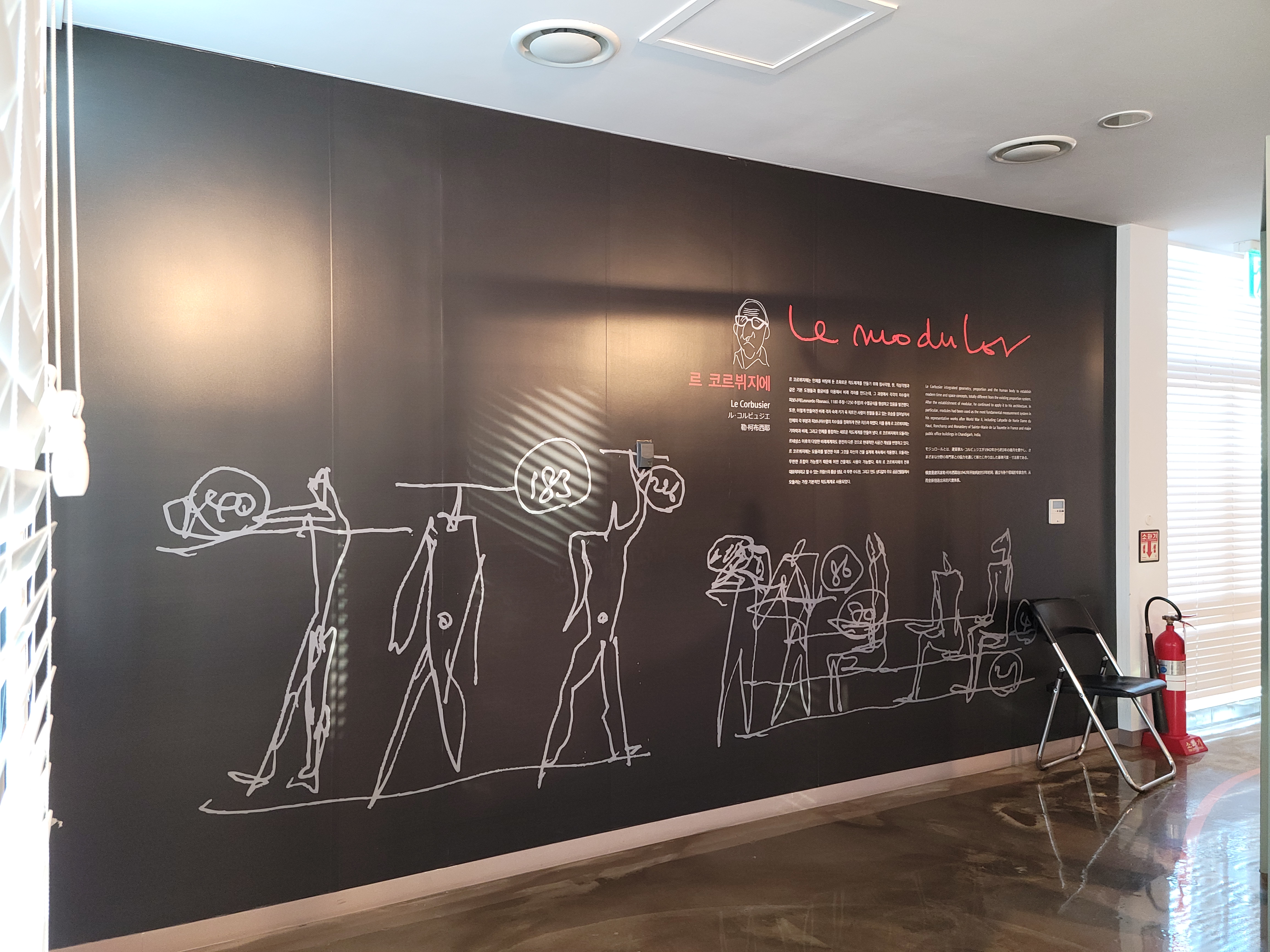
Above: Charles-Édouard Le Corbuisier (1887 – 1965)
It is for certain that the most beautiful Belgrade has disappeared without a trace, vanished, impossible to touch.
History cherishes many stories about this city that are hard to be reconstructed exactly due to its continuous destruction, shifts and intertwining of a large number of cultures and prominent people whose life paths have passed through Belgrade, the eternal city….”
(Aleksander Diklac)
Before 1236, no individual among the Serbs had been woven into the consciousness and being of the people as St. Sava.
Though certainly there were those who tried.
As Greek legend has it, the Argonauts, a team of mythical sailors under Jason´s command, stole the Golden Fleece and sailed into the river Danube.
It is believed that when Apollonius of Rhodes wrote his Argonautica (300 BC) he was copying a legend much older than himself, known from a time predating the Trojan War.
In the magnificent legend about the Argonauts, Apollonius tells us about the hospitality of the Sindi people who lived at a place where the waters part, a locality already heavily inhabited.
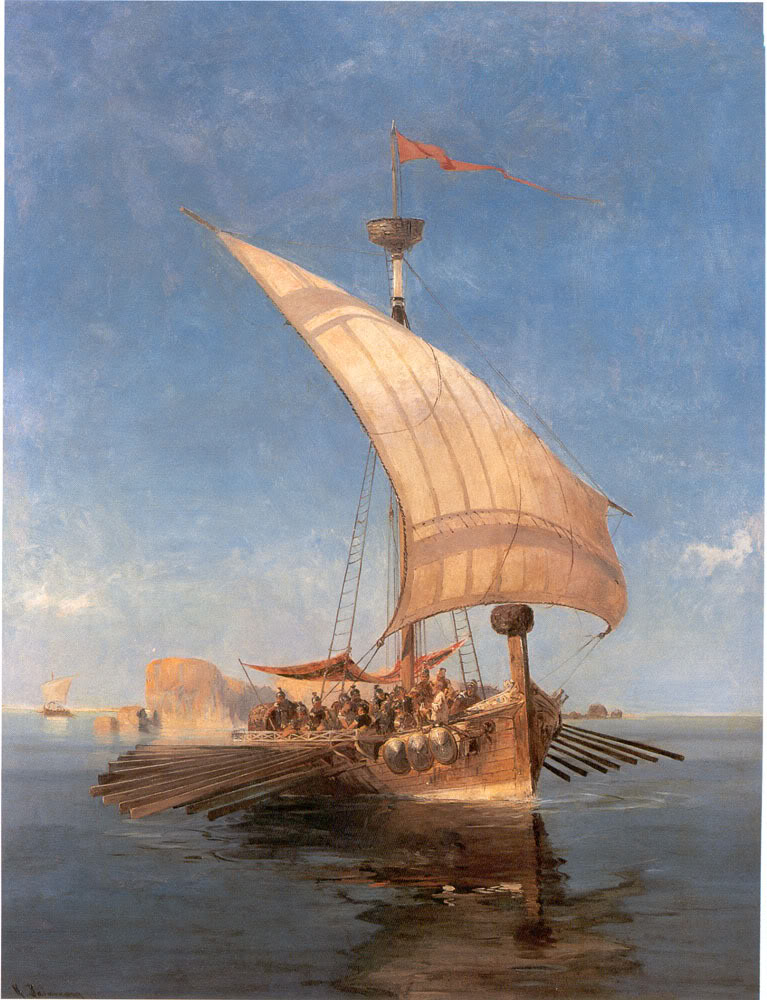
Above: The Argo, Konstantinos Volanakis (1837 – 1907)
According to other legends, the Danube River is one of the four rivers originating in Paradise.

Above: The course of the Danube, flowing east from west
Singidun, Belgrade´s first name to be entered into the annals of history, is ascribed to the fearless Celtic tribe of Scordisci who, soon after Alexander the Great’s death in 323 BC, invaded and conquered the area of Serbia.
However generations later, as it happens in history, no alliances, no singularities of culture, no dexterous manufacture and handling of weapons could repel the advancing Roman army, whose military order and war tactics made it a revolutionary apparatus for killing, subordination and enslavement.

The arrival of the Romans into Singidun hastened the complete assimiliation of the Scordisci and Romanized the name into Singidunum, but the region was not stabilized until the era of the formidable Octavian / Caesar Augustus.
Singidunum gained fortifications, magnificent edifices and villas, a precious water pipeline, roads and even artist´s workshops, which made life in the city quite pleasant.
Roman Singidunum became a strategic area and an important base connecting the fortifications and settlements along the Danube border.

An epitaph from Roman Belgrade, blazing like a flash of light across the centuries and with a disregard for time, comes to us with a pain that quivers.
The powerfully engraved text is the cry of a soldier, a father filled with sorrow over his prematurely departed son:
“To the gods of the underground world!
Traveller, ye who walks the roads, whoever ye be, please, hear.
When, in his 15th year of age, the fuzz of his first beard sprouted over the cheeks of the young man´s face, he was taken by the boat on which the dead are transported to the other world and deprived his unlucky father of his only consolation.
He is lying here now.
Taken from his father´s embrace, as the plough cuts the flower from the soil.
Still, the small flower shall blossom again in pleasant meadows.
But ye dead I can no longer revive.”
We feel the pain inherent, although 17 centuries have passed since the tragic event.
Signidunum was a city with developed civilized manners, wealthy people, active soldiers, and veterans.
Life was facilitated by an abundance of food: grains, vegetables, fish and excellent fruit of the vine.
Fishermen and shepherds were free men, while construction and farm labour was performed by slaves.
The ancient city saw numerous imperial processions as many Roman emperors (17) passed through Belgrade or stayed in it.
Christians first appeared in the 3rd century when the priest Montanus and his wife Maxima died, accompanied by around 40 fathful Christians.
They were killed in 315 when Emperor Licinius ruled the eastern part of the Roman Empire while Constantine the Great ruled in the west.
Together the Christians suffered brutal torture and were jointly sentenced to death, shut into a chest and cast into the Danube River alive.
Ten years later, Licinius made a bid for power, unleashing carnage in a series of rebellions and battles.
Constantine ordered him killed together with his young son, Licinius II.
Harmony did not reign among the first Christians, either.
Long ago, in 441, the legendary conqueror Attila the Hun (406 – 453) besieged and captured Singidunum.
He destroyed and killed everything that moves and single-handedly brought an end to the ancient past of the city of Belgrade.
Rivers of human bones and the odor of death testified to Attila´s barbaric cruel campaigns.
Attila died on the first night of his marriage.
After destroying Singidunum and forever extinguishing the Roman lamp within it, Attila died in the arms of a woman called Ildiko.
The wedding day progressed with the customary feasting, singing, inebriation and gluttony.
When night finally fell, the drunk and lecherous groom naturally led the bride to intimate quarters.
He was found the next morning, long dead, while beside him was his terrified bride, who had trembled the whole night.
As to the possible cause of death of the 47-year-old leader?
An enormous quantity of alcohol, vast quantities of food, poison?
According to one narrative, Attila was buried somewhere in the waters of Singidunum, as per Khazar custom.

After Attila, Belgrade was subsequently razed by the Sarmats, then the East Goths, and then the Gepids, before the city of Singidunum was restored by the Byzantine Emperor Justinian I (482 – 563).

Justinian with significant funds and even greater visions reached the Sava and Danube around 535 and rebuilt Singidunum.
Justinian was an important man for the history of Europe, especially Christianity, but it is clear that the true power of this ruler originated from the other half of his wedding bed.
The Emperor was a slow and indecisive man, practically a pawn in comparison with Empress Theodora, a charismatic courtesan with a brilliant mind.
Justinian gave orders for the construction of both Singidunum´s new fortifications as well as Constantinople´s Hagia Sophia, possibly the most beautiful place of worship in the world.

Ten thousand people over many years built the temple that marked a new era in the history of Christian architecture.
The best marble, as well as gold, silver and ivory were transported from the most distant regions of the empire.
Even with these divine components, the architects demanded that there be no lack of taste.
Thus, Hagia Sophia is a composition of the most refined artistic sensitivity towards space and materials, a rhapsody of diversity that successfully demonstrates the greatness of God imitated on Earth.
Hagia Sophia was consecrated in 537.
Belgrade’s monumental Temple of St. Sava, with its skyscraping cross at 82 metres above ground, is one of the tallest and largest temples in the Christian world.
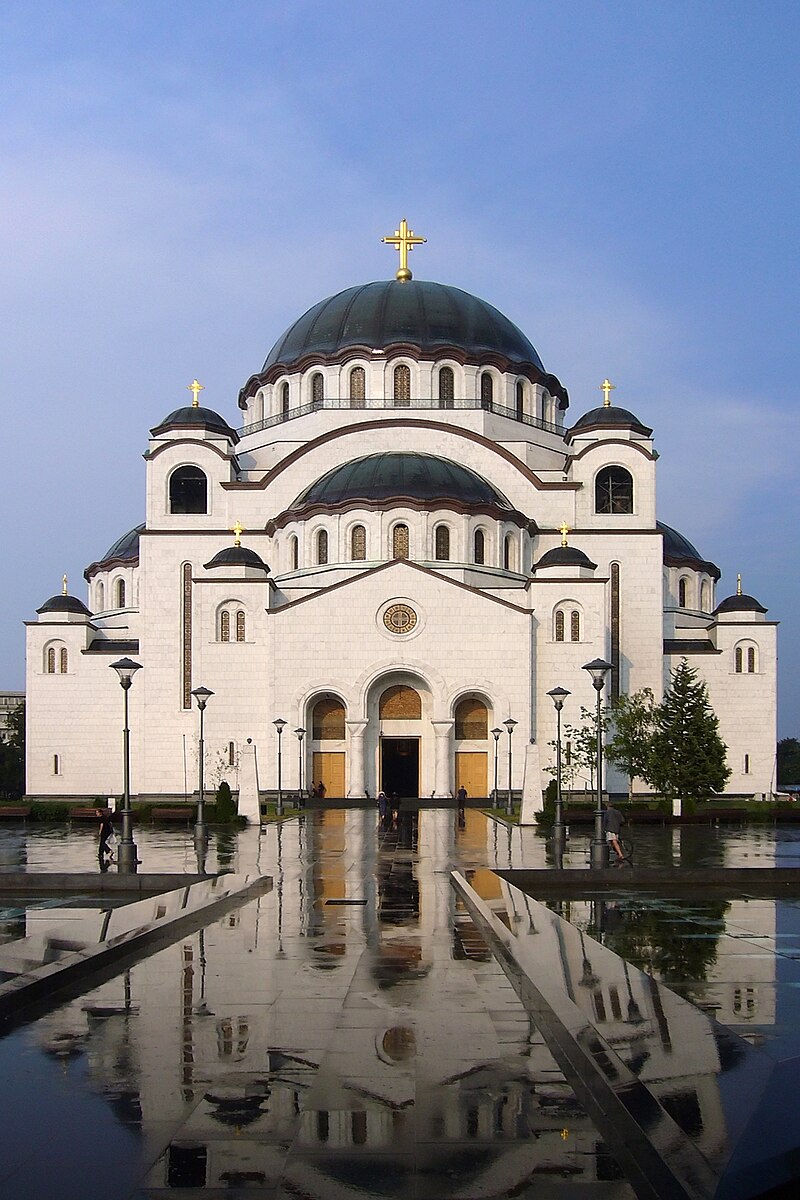
It was intended to resemble the magnificent Hagia Sophia.
These days the Temple is consecrated to St. Sava, but what of the saint himself?
Patience, my gentle readers, we are getting there.
Many people and many conquerors to the banks of the Sava and the Danube came, for Singidunum was for most of its history the end point of a large number of organized states, and thus was a frequent target of attack and destruction.
None of the conquerors could boast of their humanity towards the population they found.
Though the flow of the rivers brought changes and new tyrants, the appeal of the location as a place of life endures to this day.
So fierce and frequent were the attacks from all sides that Singidunum, as a fortified and significant military fortification, could not and did not manage to repel them, regardless of the height of the defensive walls or the skill of the defenders.
By the end of the 6th century, ancient Singidunum was ultimately destroyed though never abandoned, as the Slavs appeared.
The first mention of the Slavic name Belgrade appears on 16 April 878, when the city’s name appears on a letter from Pope John VIII sent to the Bulgarian Prince (Knyaz) Boris Mihail, referring to the dismissal of the Belgrade Bishop Sergios.
Pope John VIII is remembered by history as a great advocate for the use of the Slavic languages in the liturgy.

However it should be mentioned that this Pope may have been a female in disguise.
John was poisoned by the wife of the spouse she fell in love with, then she was finished off by blows of a hammer to the head by the accomplices of the jealous wife, dying on 15 December 882.
Some decades after her letter to the Knyaz, once again armies and conquerors came a-callin’.
Charlemagne (Charles the Great)(742 – 814) during his reign conquered Italy and was crowned by Pope Leo III Roman Emperor in order to restore the hopes and dreams of a wealthy and holy Roman Empire.
Along the course of Charlemagne´s campaigns, he demolished Belgrade.
The severity of his campaigns was such that tribes begged for Peace and agreed to be baptized and embrace Christianity.
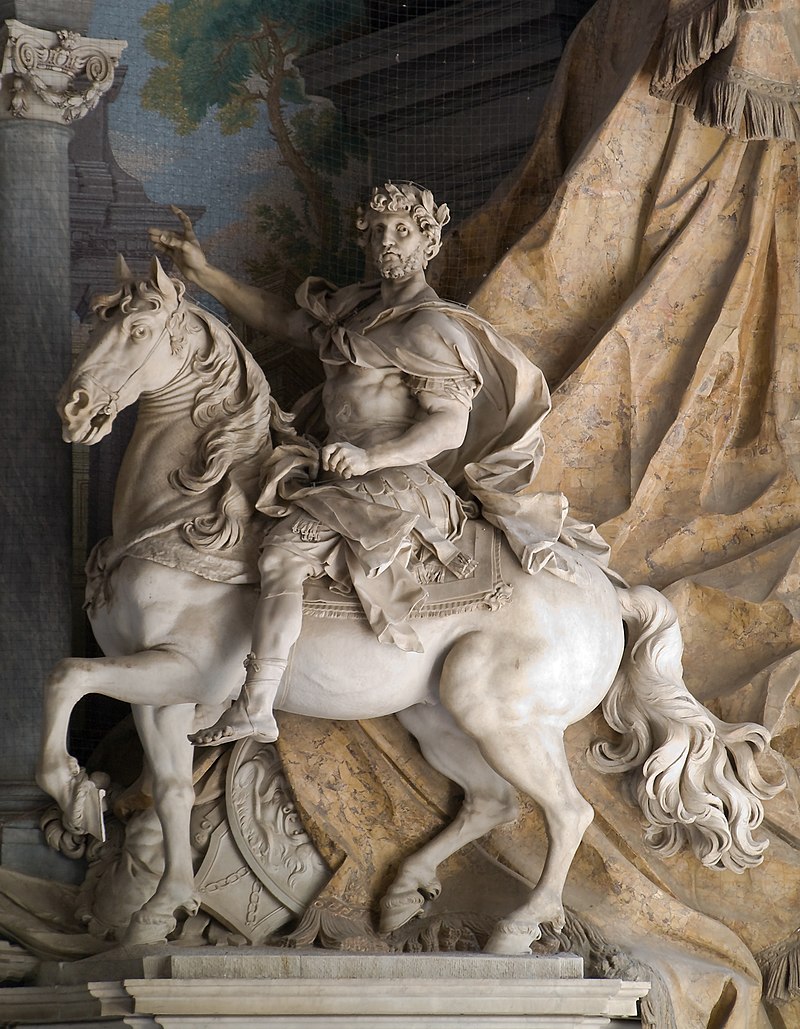
Rulers die and empires fall.
The Frankish rule over Belgrade was superseded by the Bulgarians and theirs by the Hungarians.
At the end of the 10th century, Samuilo (997 – 1014) created a large empire of southern Slavs taking over the region that is today´s Macedonia, Serbia, Montenegro, Albania, Romanian Dobruja, northern Bulgaria and northern Greece, adopting for himself the title of Emperor of Bulgaria.
After several victories and defeats, the final showdown between Samuilo and Byzantium took place on Belasica Mountain in 1014.
The Bulgars were massacred.
Around 14,000 Bulgar captives were blinded by order of the Byzantine Emperor, with every 100th man left with one eye so as to be able to guide the others home.
As a consequence of such cruelty, Byzantine Emperor Basil II was given the epithet “Bulgar slayer“.
It is reported that Samuilo, at the sight of his chained and blinded army, died on the spot from a heart attack.
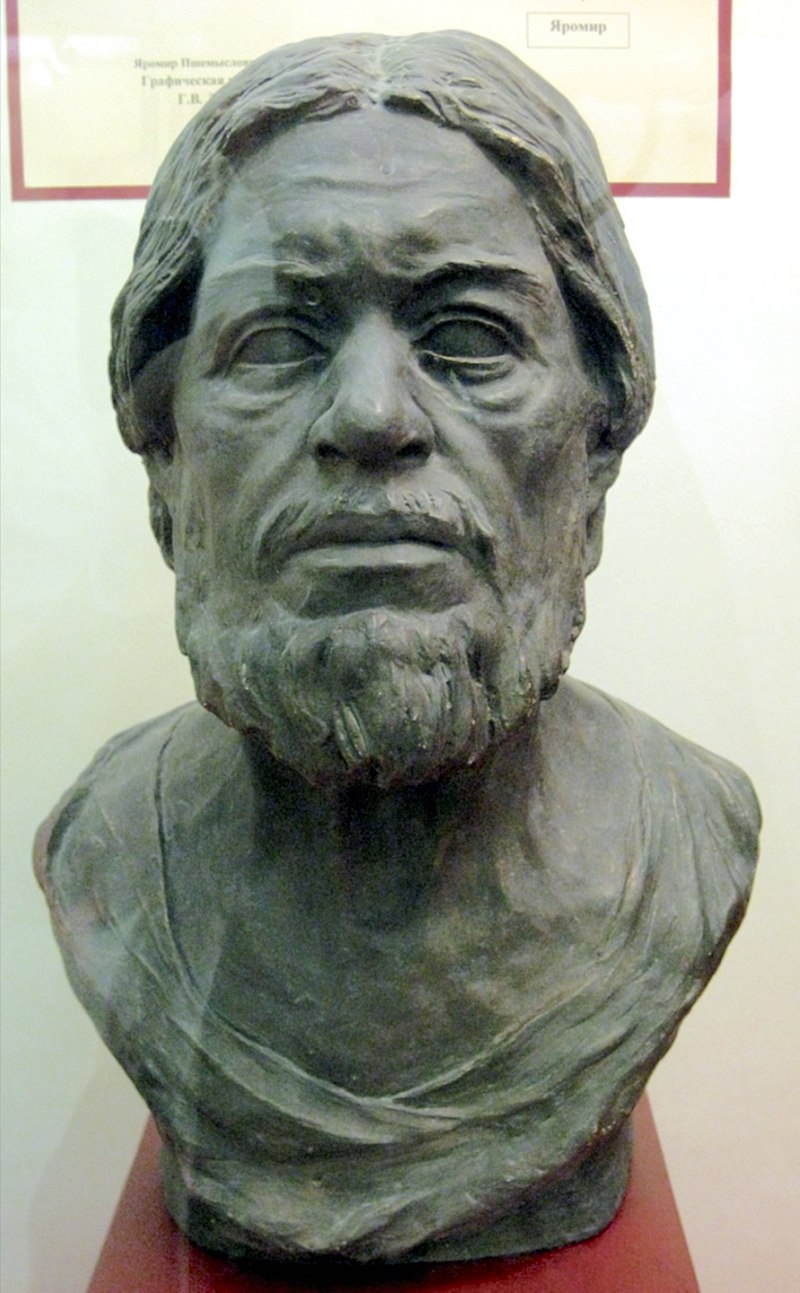
Above: Forensic reconstruction of Samuilo
Belgrade again became a significant border fortress to the Byzantine Empire.
During the 11th and 12th centuries the rival powers of Bulgaria, Byzantium and Hungary contended for Belgrade.
Enter, St. Sava (1169 – 1236)

Rastko Nemanjic was born in 1169 in Gradina (modern Podgorica, Montenegro) as the youngest son of Grand Prince Stefan Nemanjic and his wife Ana, alongside his brothers Vukan and Stefan.
The brothers received a good education in the Byzantine tradition, which exercised great political, cultural and religious influence in Serbia.
Rastko grew up in a time of great foreign relations activities in Serbia.
He showed himself serious and ascetic when he was made Prince of Hum at an early age in 1190.
(Hum was a province between Neretva and Dubrovnik.)
Having his own court with magnates (velmoze), senior officials and selected local nobility, governance in Hum was not only an honorary title but constituted a practical school of state administration.
Rastko, as a ruler, was said to be “mild and gentle, kind to everyone, loving the poor as few others and very respecting of the monastic life.”
He showed no interest in fame, wealth or the throne.
Meanwhile….
Frederick Barbarossa (1122 – 1190), following his reconciliation with the Pope and wearing the crown of the Holy Roman Emperor, embarked on the Third Crusade to liberate from Muslim control the holy sites of Christendom, especially Christ’s empty tomb in Jerusalem.
His European counterparts, the French under Philip II Augustus and the English under Richard the Lionheart, joined the Crusade.
Richard and Philip approached Jerusalem by sea, while the German Emperor Barbarossa preferred land, over which he marched through Hungary and Serbia.
Under Barbarossa’s leadership, 190,000 warriors marched into Belgrade and left it in ruins, razed to the ground.
He then stopped in Nis where they were politely welcomed by Rastko who personally tended to the ailing Barbarossa, who continued on his journey.
Frederick Barbarossa, though successful at traversing Belgrade’s rivers, drowned on 10 June 1190 when crossing the small river of Saleph in Cilicia.
Thrown by a horse, the shock of the cold water induced a heart attack in the German king, who at the time of his unexpected death was 68.
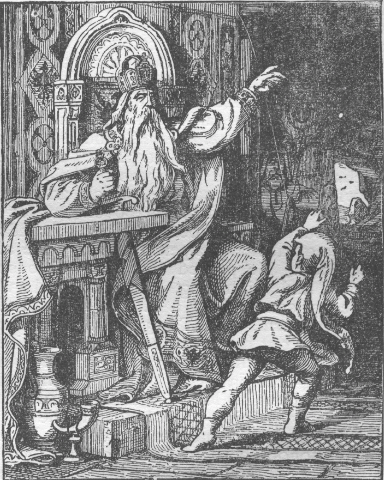
After two years as ruler, in the autumn of 1192, Rastko left Hum for Mount Athos.
Upon arriving at Athos, Rastko entered the Russian St. Panteleimon Monastery where he received the monastic name of Sava (Sabbas).
He later entered the Greek Vatopedi Monastery, where he would stay for the next seven years, becoming acquainted with Greek theological and church administrational literature.
Sava´s father tried to persuade him to return to Serbia, but Sava was determined and replied:
“You have accomplished all that a Christian sovereign should do.
Come now and join me in the true Christian life.”
Stefan Nemanja took his son’s advice and abdicated on 25 March 1196, giving the throne to his middle son Stefan.
The next day Stefan and Ana took monastic vows.
Stefan took the monastic name Simeon and stayed in Studenica until leaving for Mt. Athos in the autumn of 1197.
Simeon’s arrival was greatly pleasing to Sava and the Athonite community as Stefan as a ruler had donated much to the community.
The two, with the consent of monastic head (hegumen) Theostyriktos of Vatopedi, went on a tour of Athos in late autumn 1197 in order for Simeon to familiarize with all of its churches and sacred places.
When Sava guested the Byzantine Emperor Alexios III Angelos at Constantinople, he mentioned the neglected and abandoned Hilandar, and asked him that he and his father be given the permit to restore the monastery and grant it to Vatopedi.
The Emperor approved and sent a special letter and much gold to his friend Stefan Nemanja (monk Simeon).
Sava then addressed the Protos of Athos, asking them to support the effort that the monastery of Hilandar becomes the haven of the Serb monks.
All Athonite monasteries, except Vatopedi, accepted the proposal, and in July 1198 Emperor Alexios III authored a charter which revoked the earlier decision, and instead not only granted Hilandar, but also the other abandoned monasteries in Mileis, to Simeon and Sava, to be a haven and shelter for Serb monks in Athos.
The restoration of Hilandar quickly began and Grand Prince Stefan sent money and other necessities, and issued the founding charter for Hilandar in 1199.
Sava wrote a typikon (liturgical office order) for Hilandar, modeled on the typikon of the monastery of The Mother of God Euergetes in Constantinople.
Besides Hilandar, Sava was the ktetor (founder) of the hermitage at Karyes (seat of Athos) for the monks who devoted themselves to solitude and prayer.
In 1199, he authored the typikon of Karyes.
Along with the hermitage, he built the chapel dedicated to Sabbas the Sanctified, whose name he received upon monastic vows.
His father died on 13 February 1199.
On 13 April 1204, Sava received the rank of archimandrite.
That same year, with the establishment of the Latin Empire, Rome increased its power over Serbia.
As Nemanja had earlier decided to give the rule to Stefan, and not the eldest, Vukan, in the meantime, back home, the latter began plotting against Stefan.
He found an ally in Hungarian king Emeric with whom he banished Stefan to Bulgaria and Vukan usurped the Serbian throne.
Stefan returned to Serbia with an army in 1204 and pushed Vukan to Zeta, his hereditary land.
After problems at Athos with Latin bishops and Boniface of Montferrat following the Fourth Crusade, Sava returned to Serbia in the winter of 1206, with the remains of his father which he relocated to his father’s endowment, the Studenica Monastery, and then reconciled his quarreling brothers.

Sava saved the country from further political crisis by ending the dynastic fight.
Simeon was canonized in 1206.
Having spent 14 years in Mount Athos, Sava had extensive theological knowledge and spiritual power, so he was asked to teach the court and the people of Serbia Christian laws and traditions and “in that way enwisen and educate.”
Since his return in 1206, Sava had become the hegumen of Studenica.
He used the general chaos in which the Byzantine Empire found itself after the Crusader siege of Constantinople (1204) and the strained relations between the Despotate of Epirus (to which the Serbian Church was subject to) and the Ecumenical Patriarchiate of Nicaea to his advantage.
He declared that “Here, therefore, no one is have authority, neither Bishop nor anyone else.” over Studenica.
In 1217, Sava´s brother King Stefan made a switch in politics, marrying a noblewoman of Venice, and asked the Pope for a crown and moral support.
Stefan was crowned in Zica, now equal to other kings, and was called by Rome “the first crowned King of all Serb lands“.

Stefan´s allegiance to Rome over Constantinople in matters of religion did not sit well with the Serbian people.
Serbia embraced and Sava represented the Orthodox Church, Stefan the Catholic Church.
The elevation of Serbia into a kingdom did not fully mark the independence of the country, according to that time´s understanding, unless the same was achieved with its church.
On 15 August 1219, Sava was consecrated as the first Archbishop of the independent Serbian church, which was vitally important as the church was the supporter and an important factor in state sovereignty as well as political and national identity.
That same year, Sava published Zakonopravilo (Sava´s Nomocanon), the first constitution of Serbia, uniting both politics and religion.
In 1229, after the son of Stefan, Radoslav was crowned King of Serbia, Sava left for a trip to Palestine.
After another throne change in 1234, when Radoslav was replaced by his brother Vladislav, Sava began a second trip to the Holy Land.
Sava, after much work and years of travelling, arrived at the Bulgarian then-capital of Trnovo a tired and sick man.
He died on 14 January 1235.

Above: Where Sava died, Trnovo, Bulgaria
Sava became known as the protector of the Serbian people – of their churches, families, schools and artisans.
He is regarded as the father of Serbian education and literature.
Many songs, tales and legends were created about his life, work, merit, goodness, fairness and wisdom.
His relics became a topic of nationalism, a political cult, a focus of liberation, a danger to foreign rule.
Belgrade is not only the capital of the Serbian state but as well Serbia´s most important economic, cultural and religious centre.
So it comes as no surprise that Serbia´s most important cathedral, dedicated to Sava, should be in Belgrade.
In 1319, Belgrade was seized, and again destroyed, by the Hungarians.
The ruined and deserted city became a border base.
The continued existence of the Serbian state and the reconstruction of Belgrade was necessary for the Hungarians as Serbia served as a desirable military buffer against greater barbarians and conquerors.
As such, Belgrade welcomed the 15th century when the Turks, a new large conquering force, entered the historical arena of Europe.
Belgrade would soon gain the rank of Antemurale Christianitatis, the Bulwark of Christianity.
For an entire century, Belgrade resisted Turkish incursions.
The Turks, under the leadership of Sultan Suleiman I (“the Magnificent“), would finally conquer Belgrade, on their third attempt, on 28 August 1521, and the key of defense to western Europe.
The reign of Suleiman I has been described as the Golden Age of the Ottoman Empire.
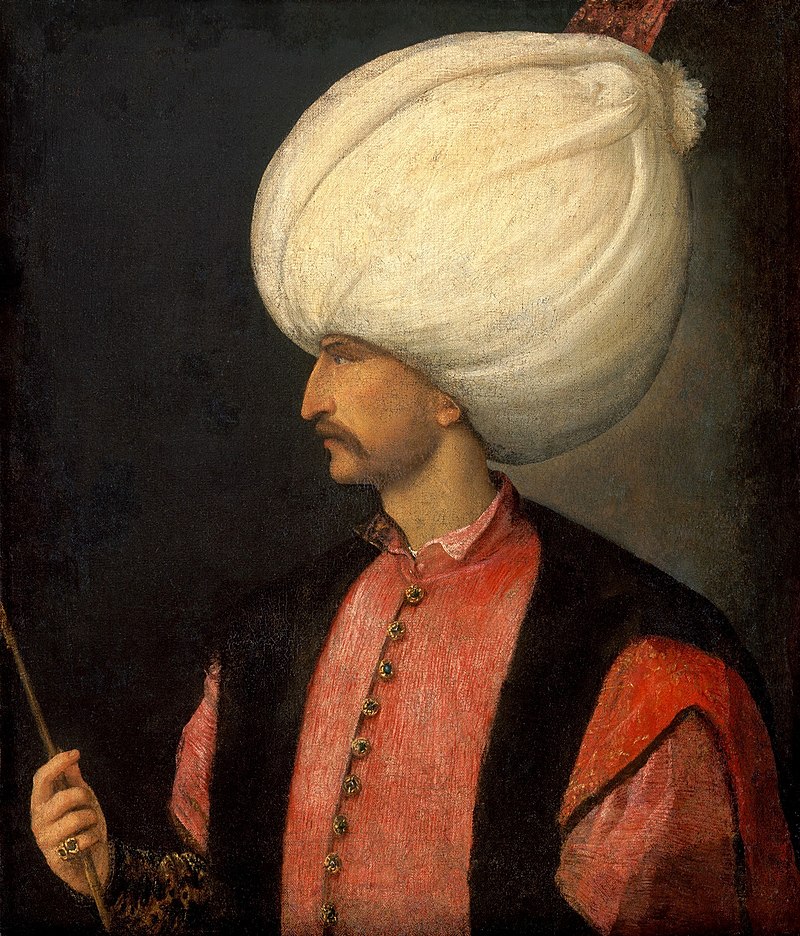
Above: Suleiman I (1494 – 1566)
At the end of his reign, however, constant wars had taken their toll, damaging the economy.
The faulty politics that followed shook the economy and the foundations of Ottoman society: state officials became poor, their pay worthless, corruption and briberies common.
Mutiny struck throughout the Ottoman Empire.
Over the next few centuries there were many Serbian uprisings against Turkish rule.
In 1594, during the Austrian-Turkish War (1593 – 1606), a Serbian insurrection was staged in the Banat region north of the Danube River.
The Turkish Sultan responded by skinning alive and hanging the Serbian Patriarch, Teodor, before bringing the relics of St. Sava to Vracar to be burned and his ashes scattered on 27 April 1594, because the figure of St. Sava had adorned the flags of the Serbian rebels.

There was great violence carried out against the Serbian clergy and devastation of their monasteries.
The Ottomans sought to symbolically and in reality to set fire to the Serb determination of freedom.
But this desecration was considered to be an unimaginably sacrilegious act by all Serbs.
Rather than discouraging dissent, St. Sava’s desecration fomented and cemented rebellion.
One day the Serbians would rally around the idea of St. Sava and expel the Ottoman Turks from their land.
The Church of St. Sava was built near the place where his relics were burned.
Construction began on 10 May 1935, 340 years after the burning of Sava’s relics, and was “completed” in 2004, but the Church much like the Serbia it serves is never complete.
Construction was halted when the Nazis invaded Yugoslavia in 1941.
The occupying German army used the unfinished church as a parking lot.
Later in 1944 Russia’s Red Army and later the Yugoslav People’s Army would do the same.
For a while after, the Church was used for storage by various companies.
Construction resumed on 12 August 1985.
After the NATO bombing of Serbia in 1999, construction was halted again.
Serbian Patriarch Pavle thought that the expense of building a massive Cathedral was inappropriate when people are beaten and impoverished.
After becoming Prime Minister, Zoran Dindic spoke with the Patriarch and convinced him to have construction resumed.
By 2017, the exterior of the church was complete.
Work continues on the interior.

The church is centrally planned, having the form of a Greek cross.
It has a large central dome supported on four pendentives and buttressed on each side by a lower semi-dome over an apse.

Beneath each semi-dome is a gallery supported on an arcade.
The dome is 70 m (230 ft) high, while the main gold plated cross is another 12 m (39 ft) high, which gives a total of 82 m (269 ft) to the height of the Church of Saint Sava.
The peak is 134 m (440 ft) above the sea level (64 m (210 ft) above the Sava river).
Therefore the church holds a dominant position in Belgrade’s cityscape and is visible from all approaches to the city.

Above: The Church of St. Sava and the National Library of Serbia
The church is 91 m (299 ft) long from east to west and 81 m (266 ft) from north to south.
It is 70 m (230 ft) tall, with the main gold-plated cross extending for 12 m (39 ft) more.
Its domes have 18 more gold-plated crosses of various sizes, while the bell towers have 49 bells of the Austrian bell foundry Grassmayr.
It has a surface area of 3,500 m2 (37,674 sq ft) on the ground floor, with three galleries of 1,500 m2 (16,146 sq ft) on the first level and a 120 m2 (1,292 sq ft) gallery on the second level.
The Church can receive 10,000 faithful at any one time.
The choir gallery seats 800 singers.
The basement contains a crypt, the treasury of Saint Sava, and the grave church of Saint Lazar the Hieromartyr, with a total surface of 1,800 m2 (19,375 sq ft) .
Above: The crypt of the Church of St. Sava
The central dome mosaic depicts the Ascension of Jesus and represents Resurrected Christ, sitting on a rainbow and right hand raised in blessing, surrounded by four angels, Apostles and Theotokos.
This composition is inspired by mosaic in main dome of St Mark’s Basilica in Venice.
The lower sections are influenced by the Gospel of Luke and the first narratives of the Acts of the Apostles.
The texts held by the angels are written in the Church Slavonic language, while the names of the depicted persons are written in Greek.
The first points to the pan-Slavic sentiment while the latter connects it to the Byzantine traditions.
The total painted area of the dome is 1,230 m2 (13,200 sq ft).
It is one of the largest curved area decorated with the mosaic technique and when the work is completely finished, Saint Sava will be the largest church ornamented this way.
Magnificient is the legacy that is St. Sava’s Church.
It is my feeling that Serbia and Serbians will remain incomprehensible to the foreigner who has never visited St. Sava Church or has never read why this church remains integral to the Serbian identity, for Religion has Always played a defining role in the history of the Serbs.
The main religion of Serbia remains that of Sava: Serbian Orthodox Christianity, which is practiced by 84% of the population.
The Serbian Orthodox Church is an independent Church, ranking 6th in order of seniority of the Orthodox Churches after Constantinople (Istanbul), Alexandria, Antioch, Jerusalem and Russia.

Above: Flag of the Serbian Orthodox Church
Serbian Orthodoxy is also practiced by 74% of the population of Montenegro, 36% in Bosnia and Herzegovina and 4.4% in Croatia.
Religion plays an important role in Serbian daily life.
The religious calendar is filled with a profusion of saints’ days, celebrated by families in the traditional way – usually involving a visit to church, prayers and the lighting of candles.
As a barbaric heathen I cannot claim to understand the Serbian need to kiss icons as passionately and as frequently as they do, but it makes them happy so who am I to argue?
All I know is a visit to St. Sava, especially if one researches the history behind it, is as awe-inspiring as a visit to the Sistine Chapel in Rome or the Blue Mosque in Istanbul, but unlike the Vatican City or Turkish temples of worship St. Sava has a feeling of warmth and personability that the others lack.
As much as it is splendid to feel the almighty grandeur of a glorious God in an edifice meant to impress and intimidate, I feel that religion, being the personal and private set of values and beliefs unique to each individual, should whisper into the ears and seductively warm the hearts of salvation’s seekers rather than frighten and cow people into a submissive state little related to the promise of eternal blessing from a loving deity.
Certainly St. Sava is not lacking in pomp and circumstance as a church should shine above the standards of the common Household, but one cannot have a personal relationship with God if one does not feel to have anything in common to that person inside God’s house.
And somehow St. Sava captures that nuance.

I left the church to explore more of the city, knowing one certainty upon which I stake my experience upon.
There is little danger (or hope) that I shall ever become a Serbian Orthodox Christian but to deny the feeling that there is a need to believe in something or someone beyond one’s self is a primal passion that St. Sava church quietly shares.
It is waiting to share this passion with you.
My explorations of Belgrade (and later Nis) would continue, but in the beginning God….
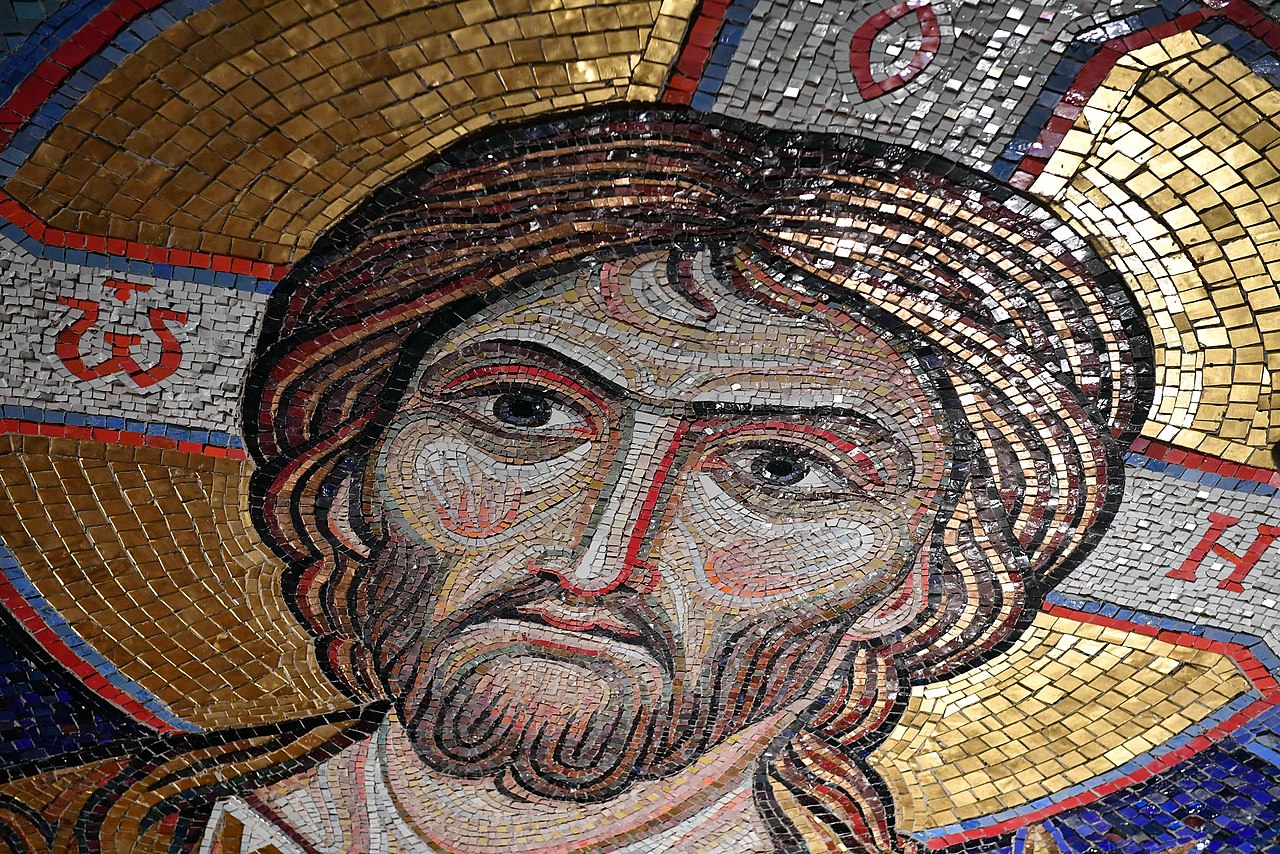
Sources: Aleksander Diklic, Belgrade the Eternal City / Culture Smart Serbia / Momo Kapor, A Guide to the Serbian Mentality / Wikipedia / Facebook




